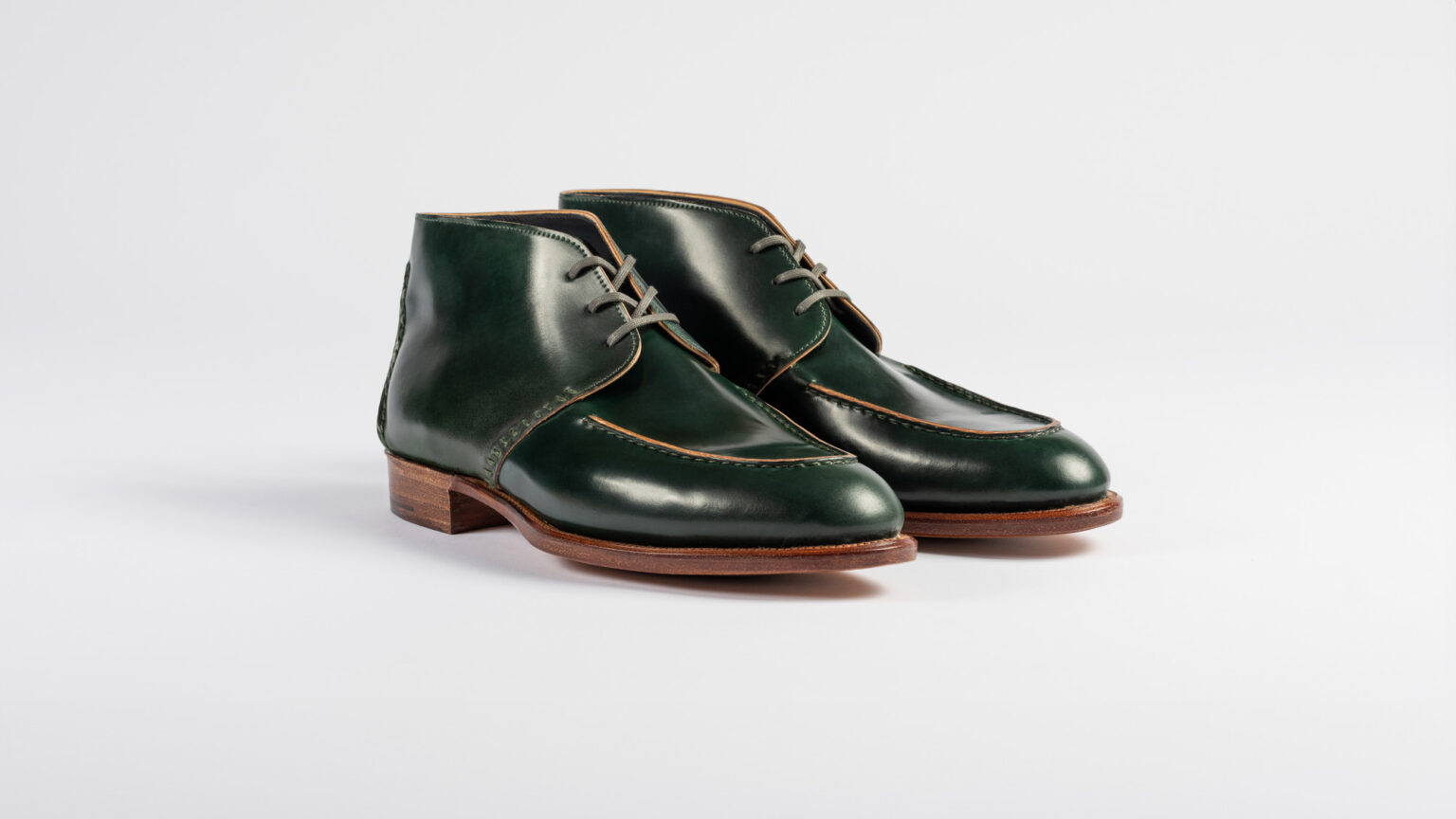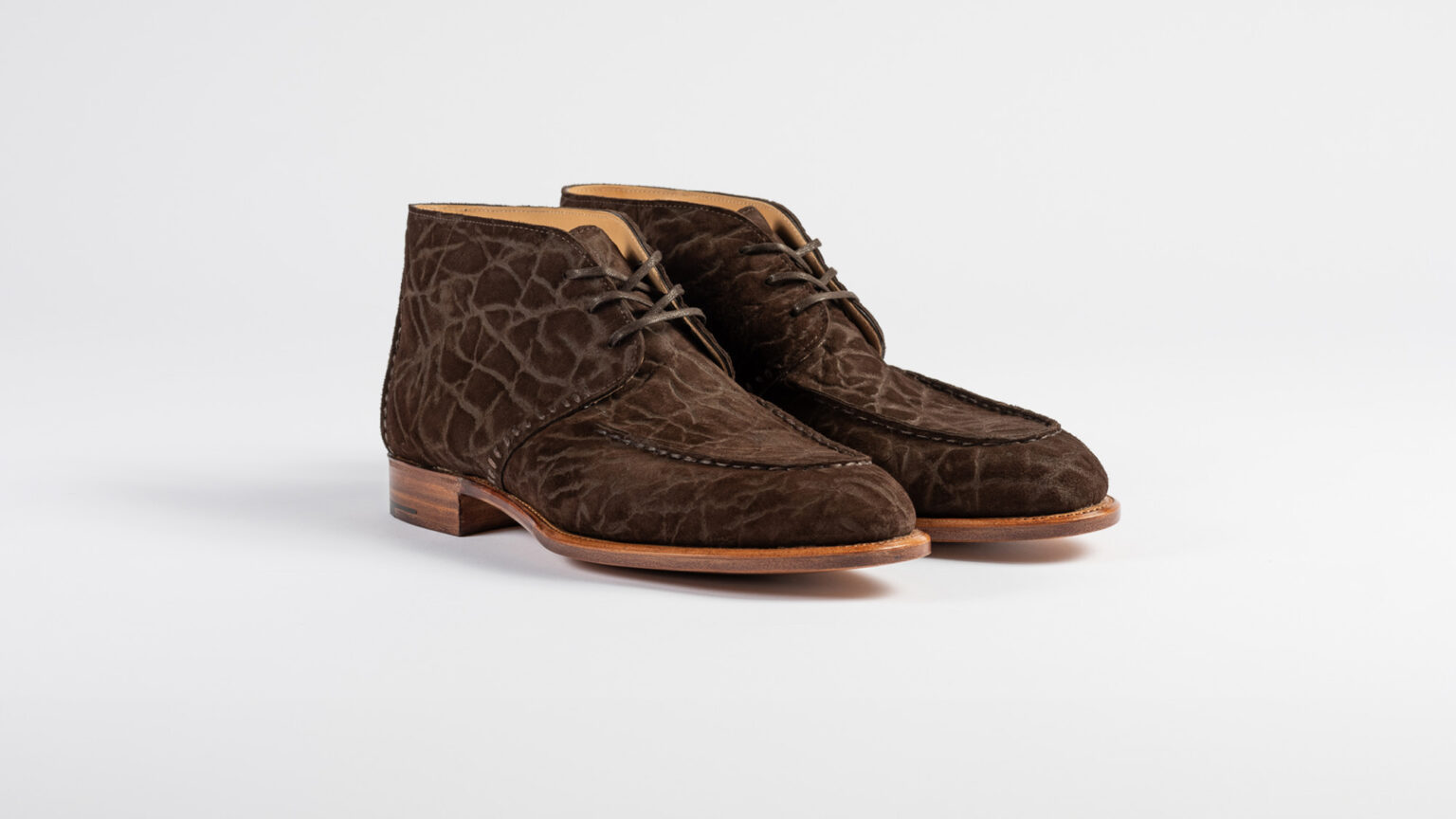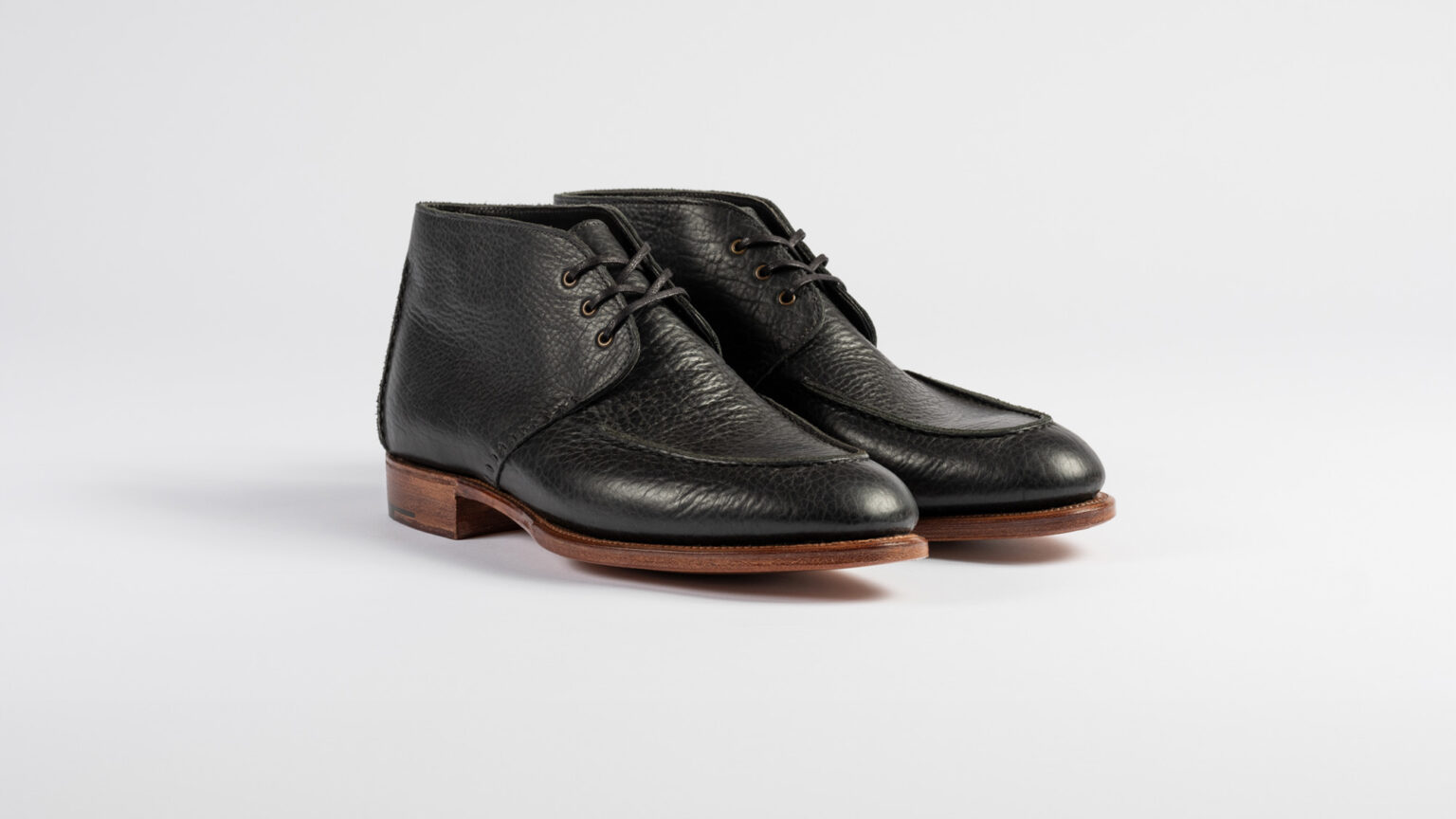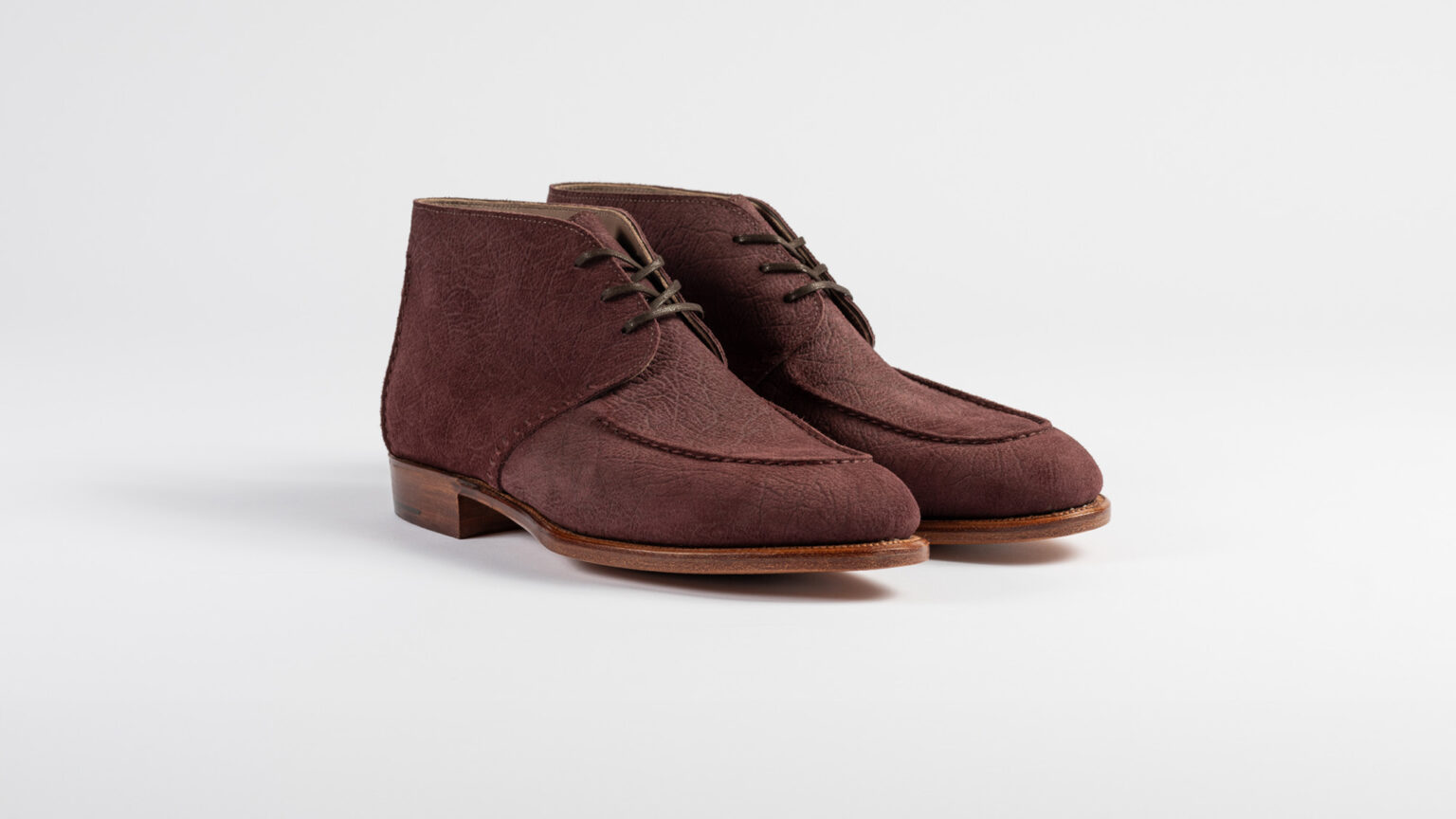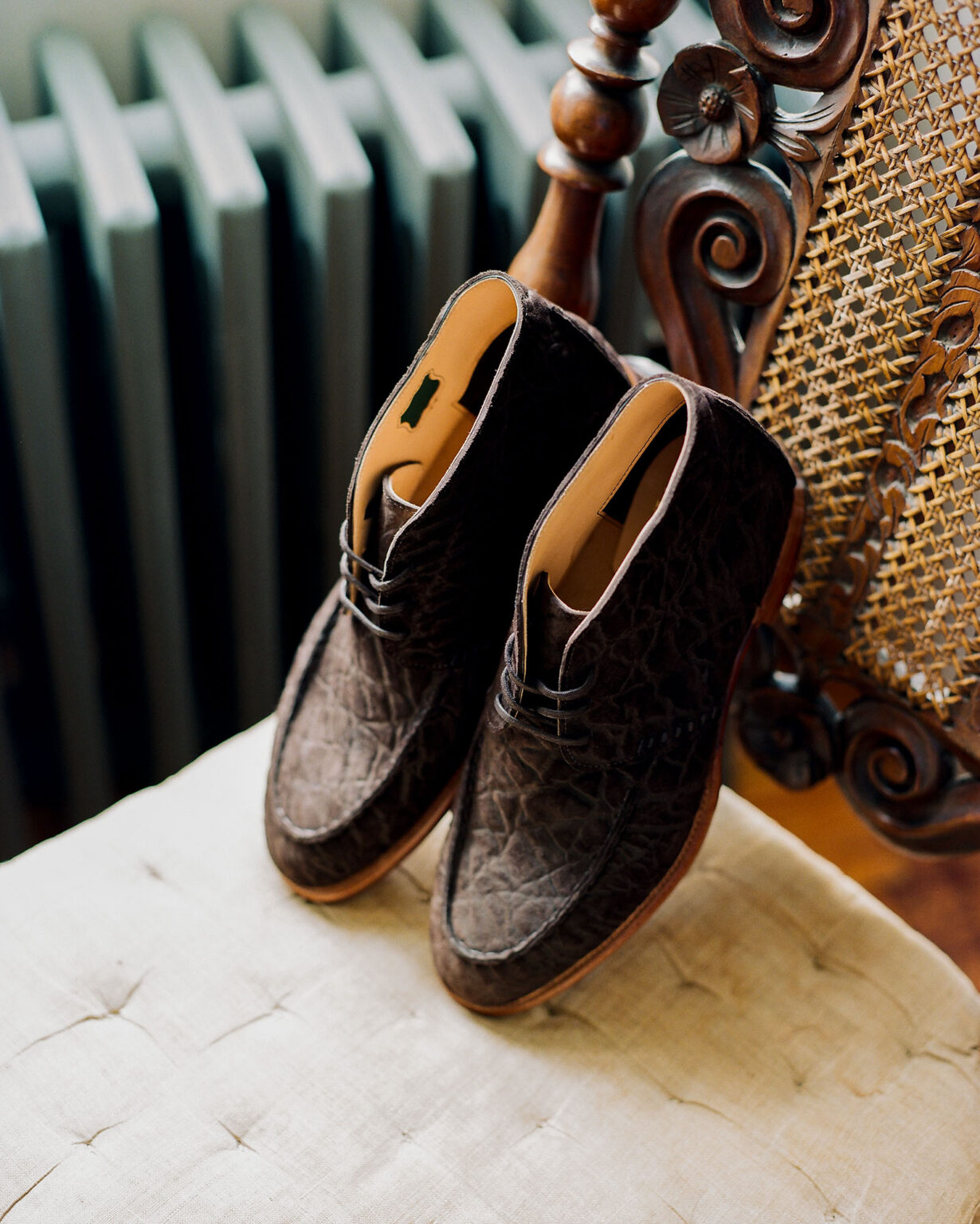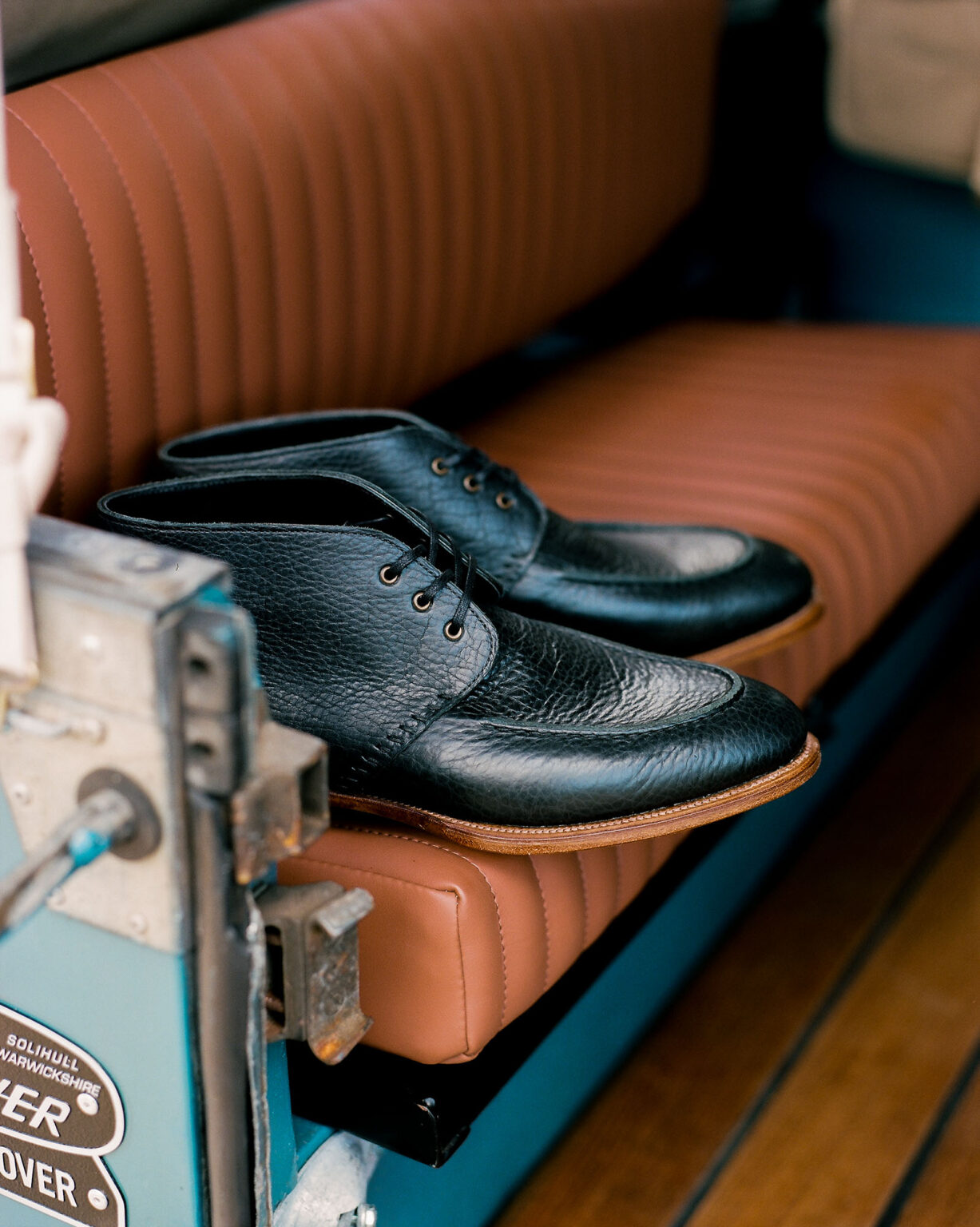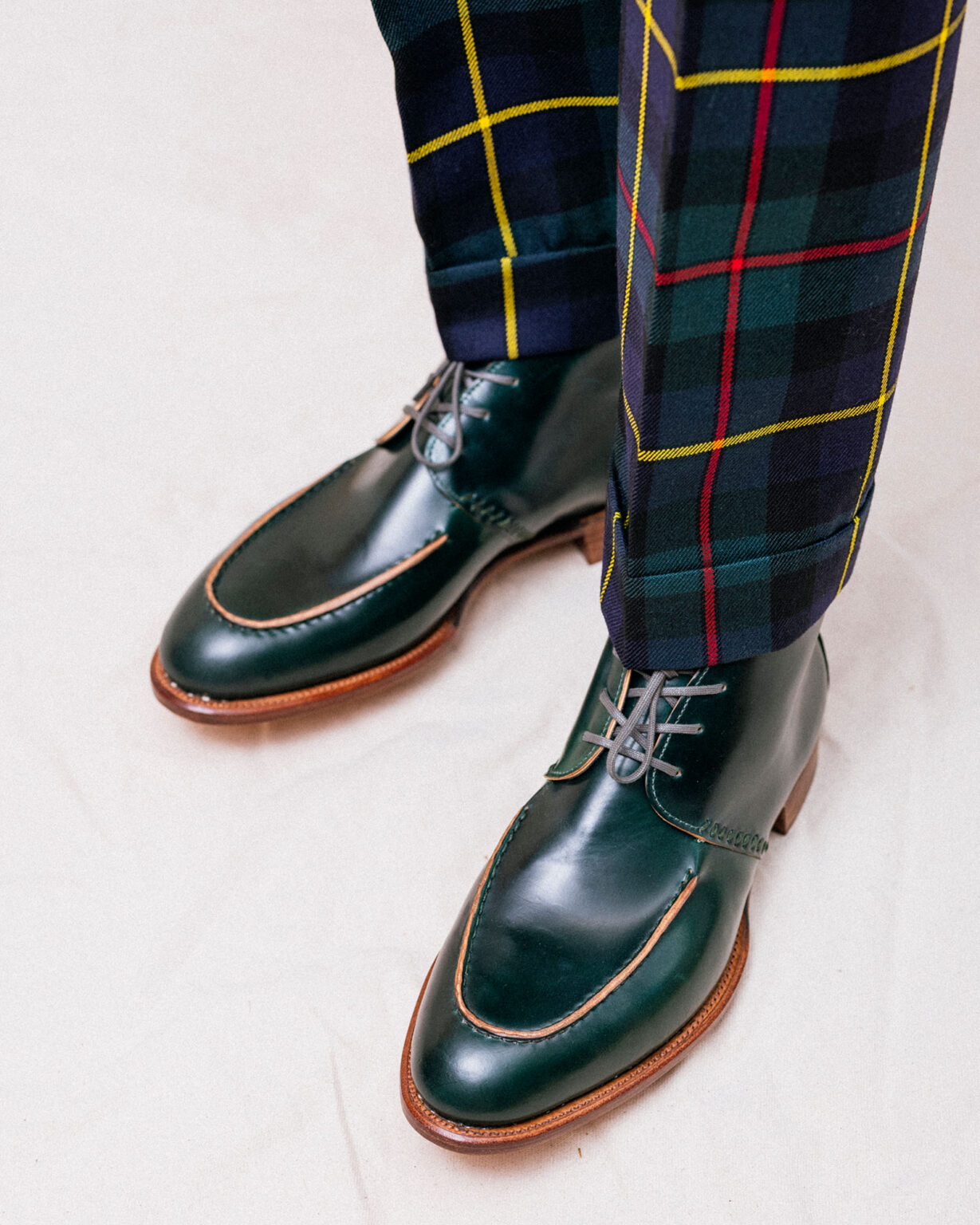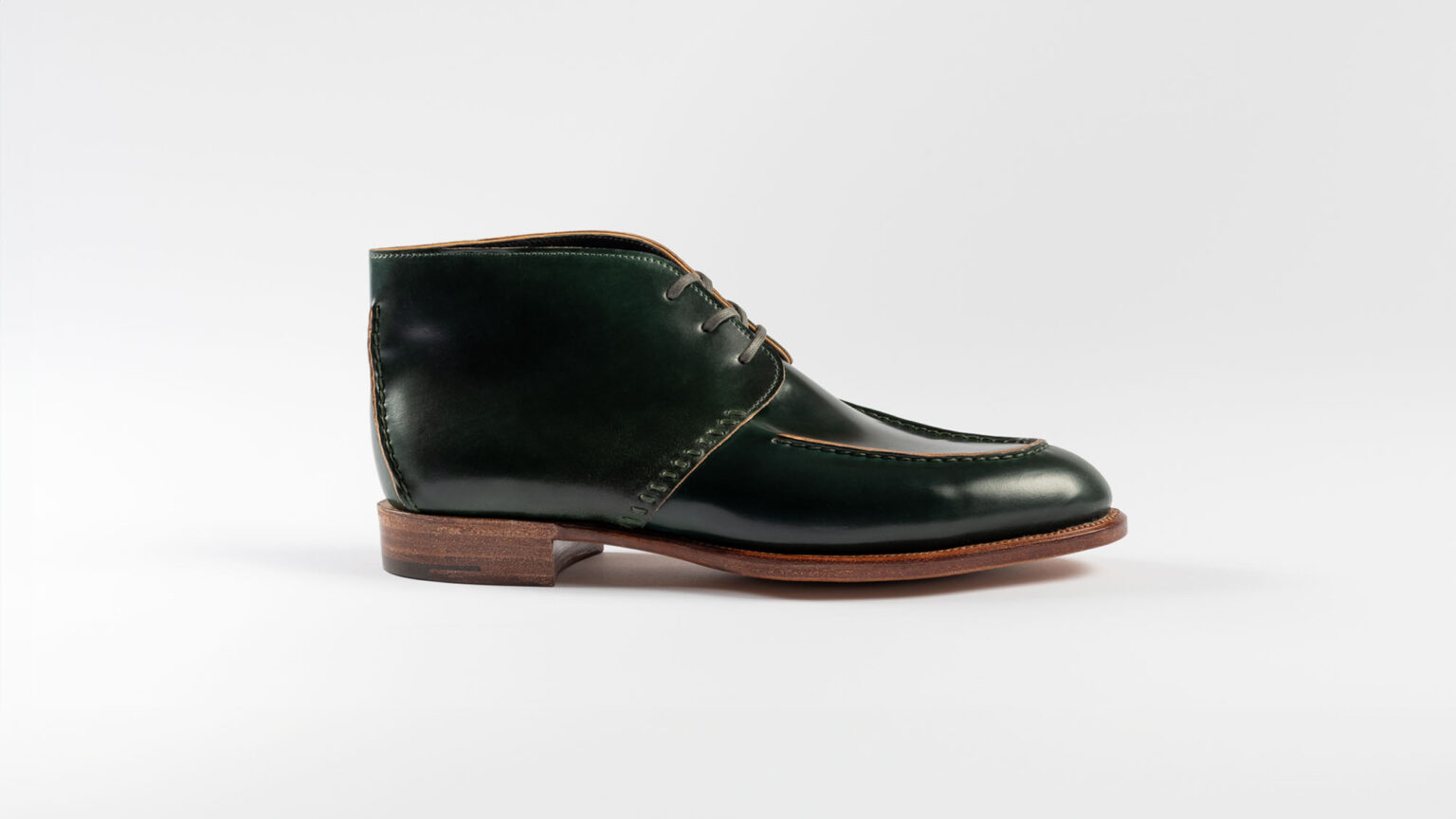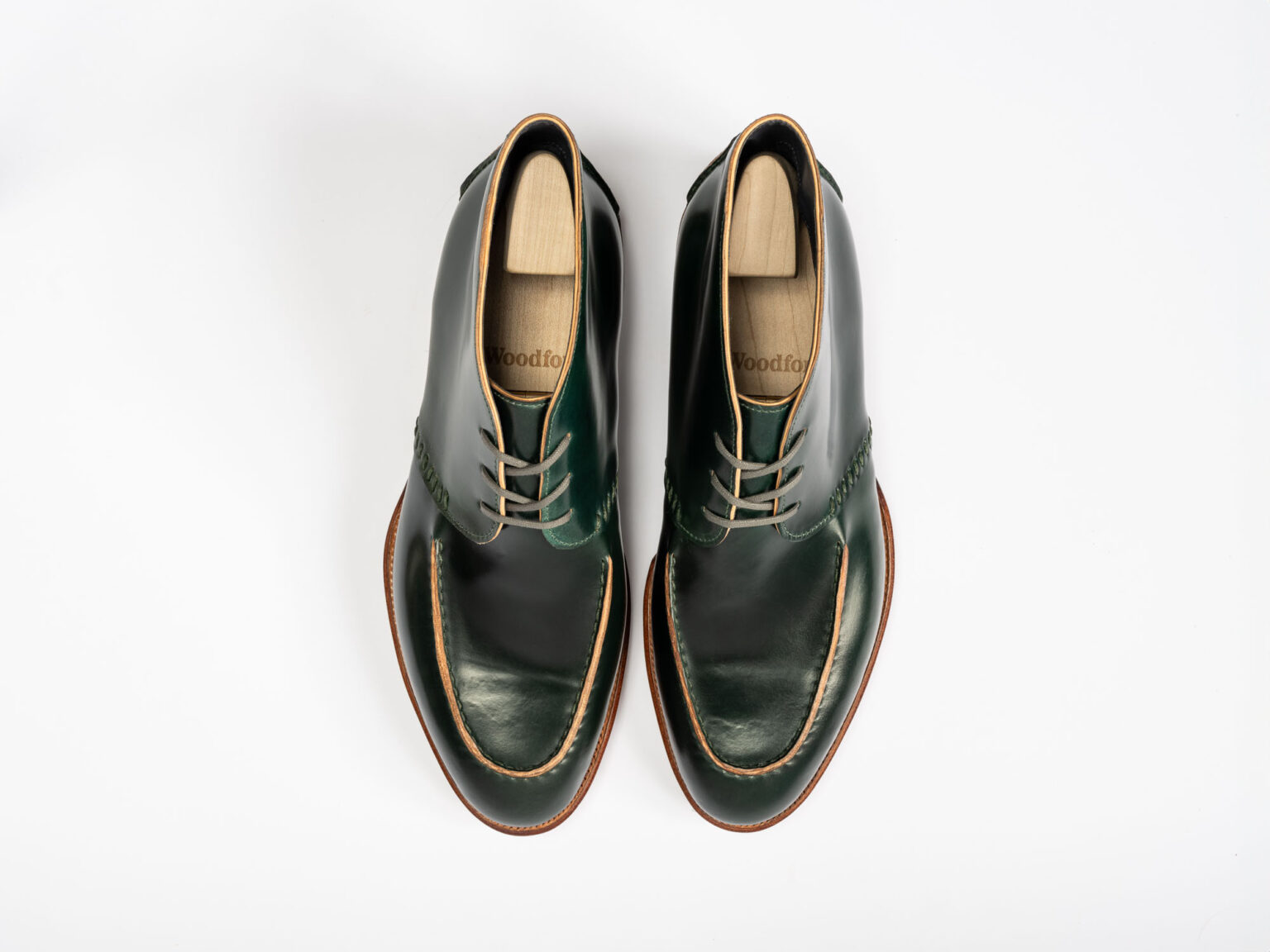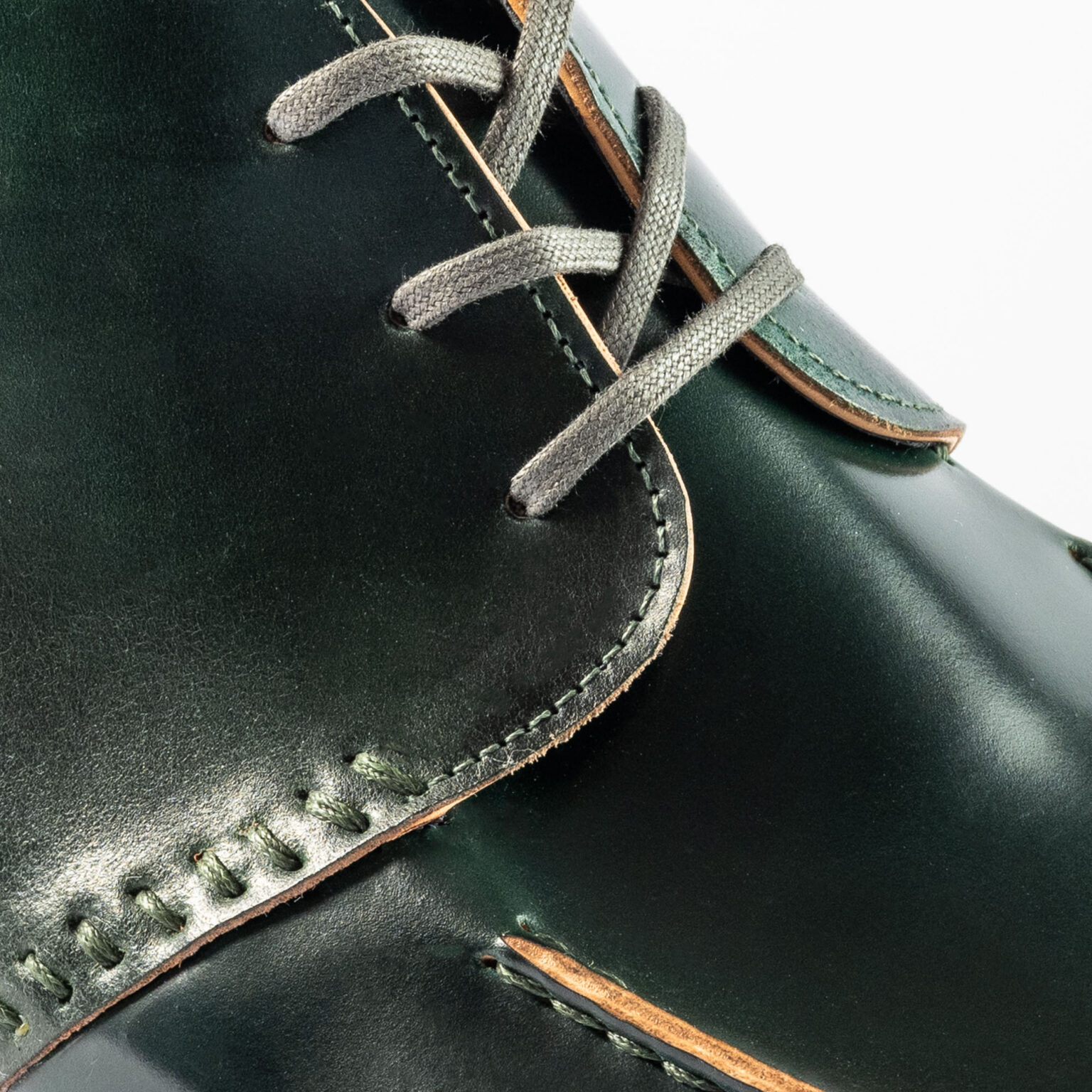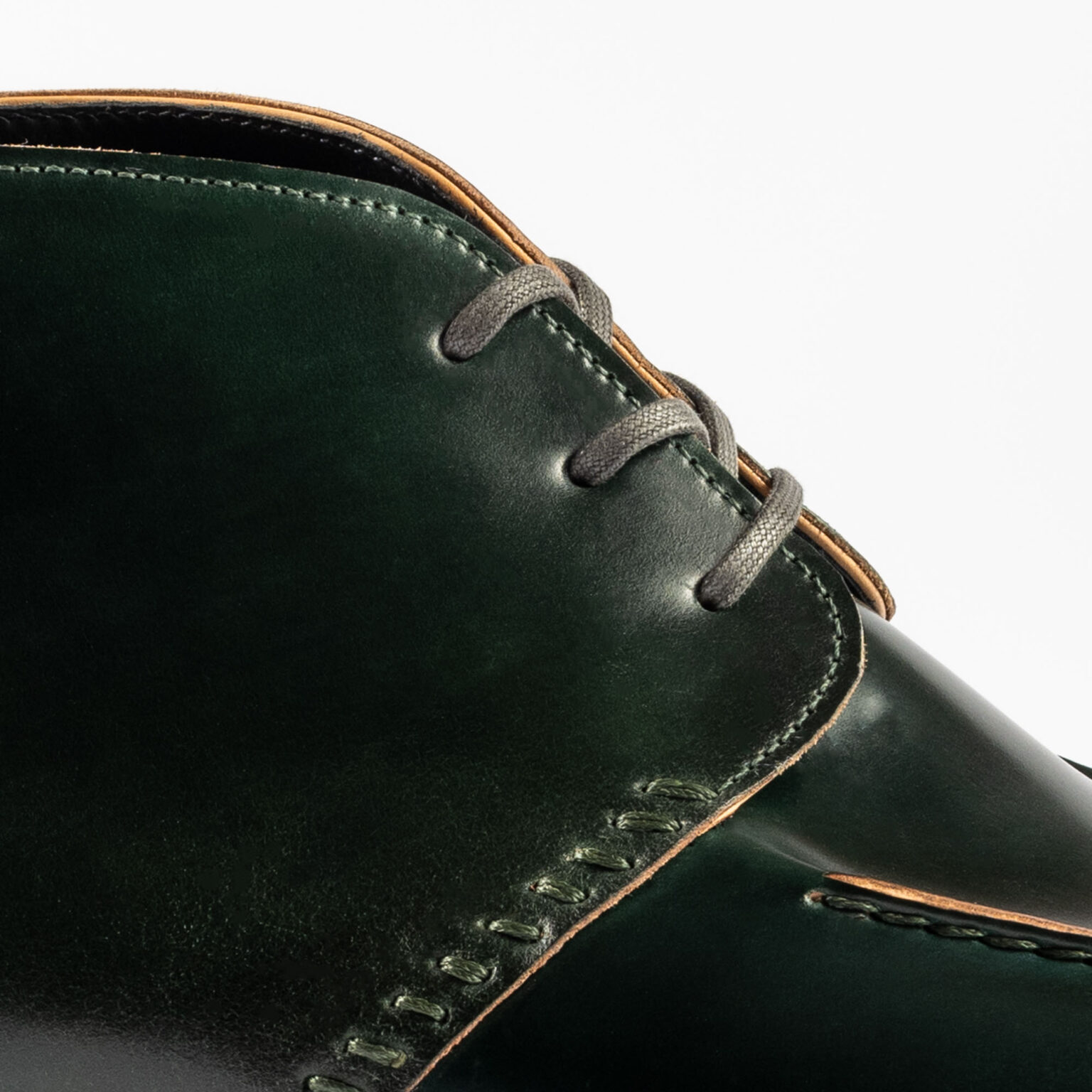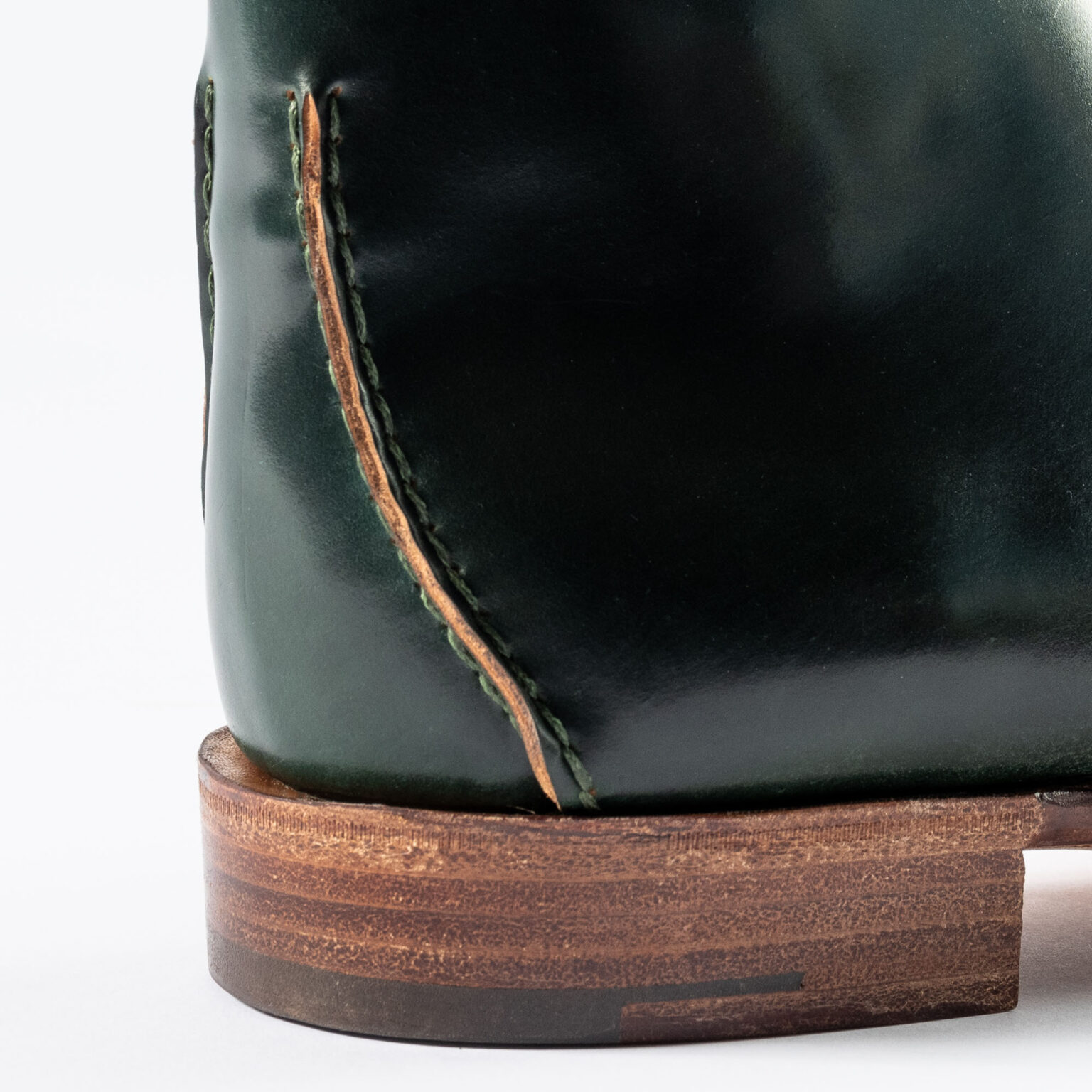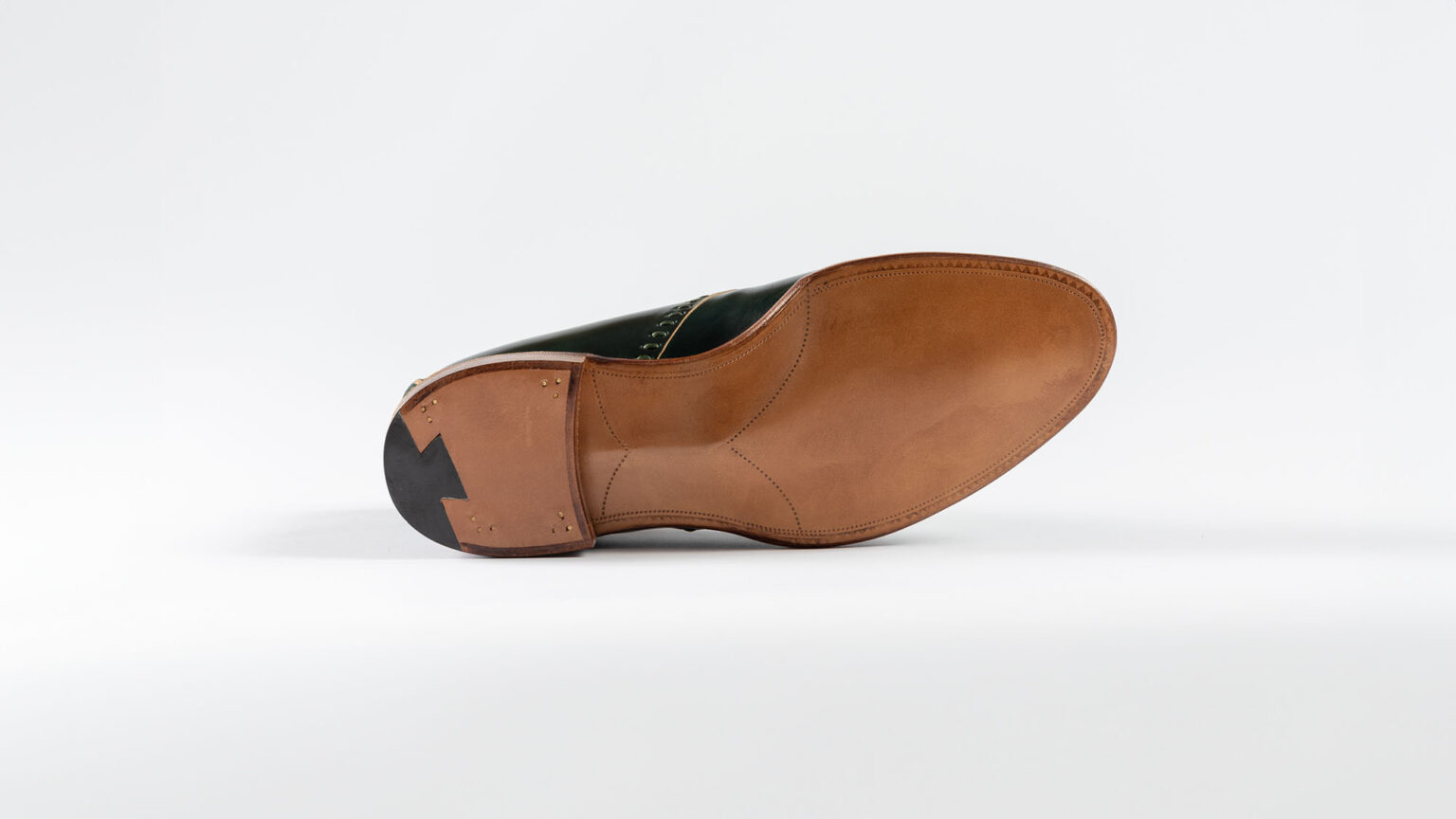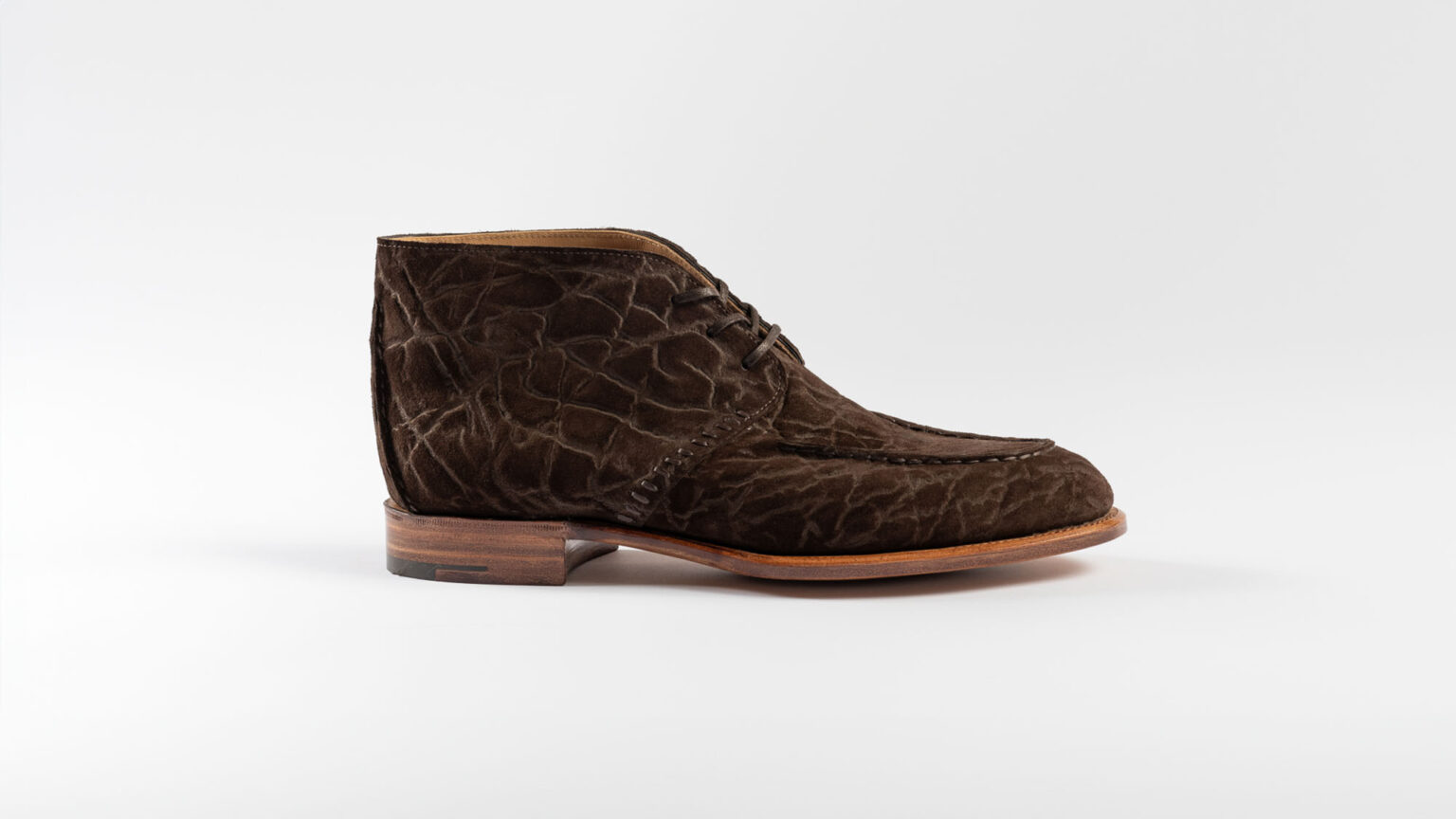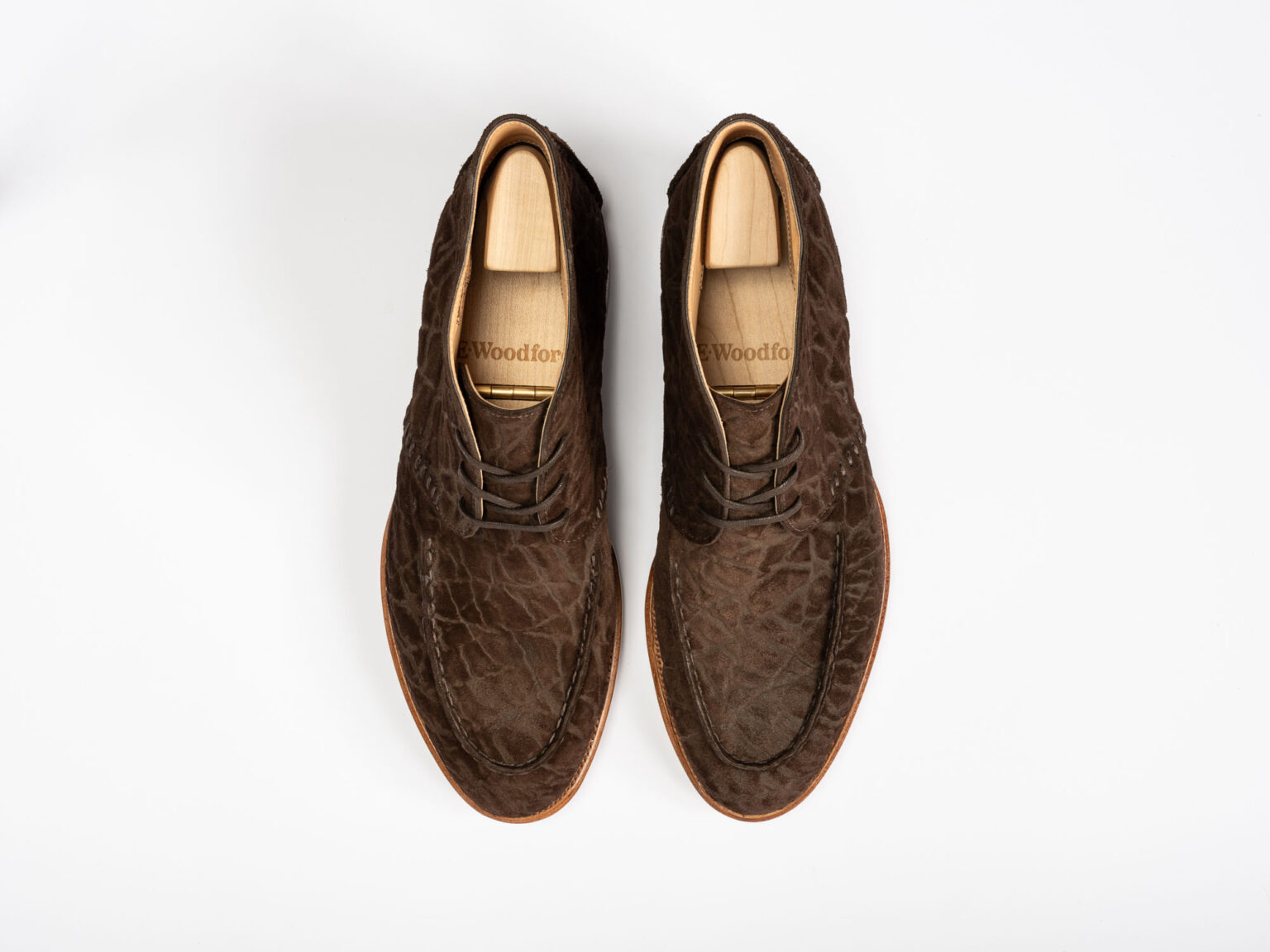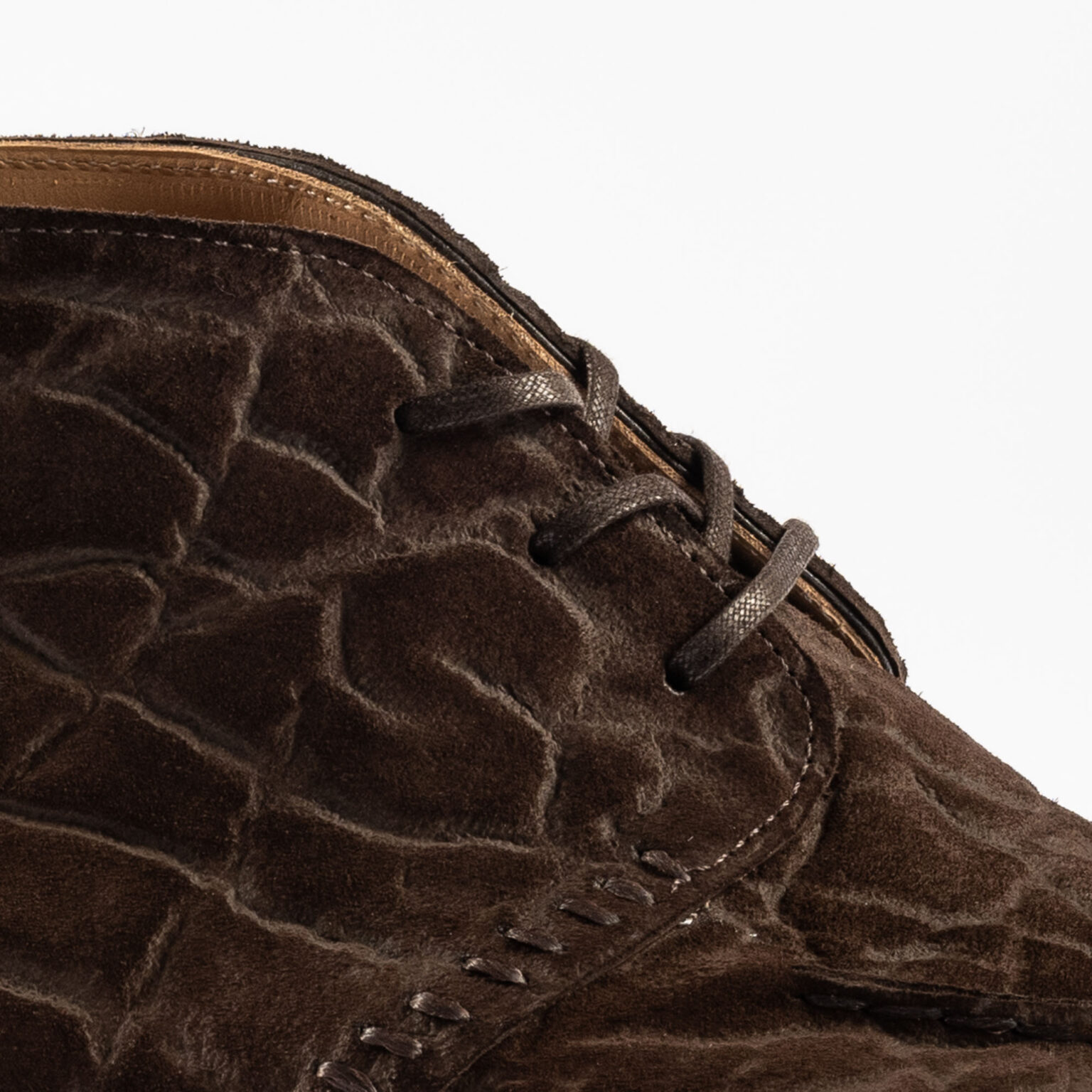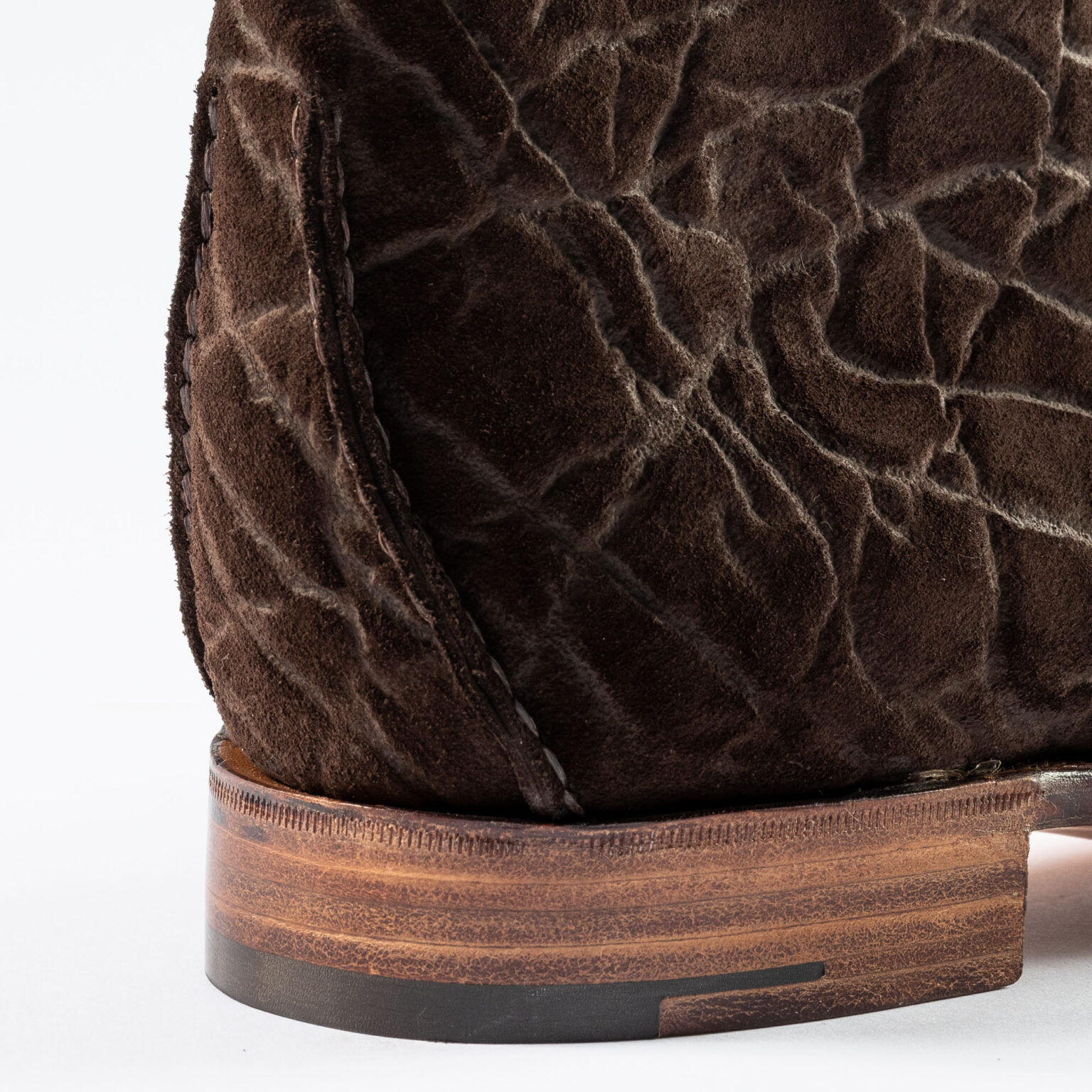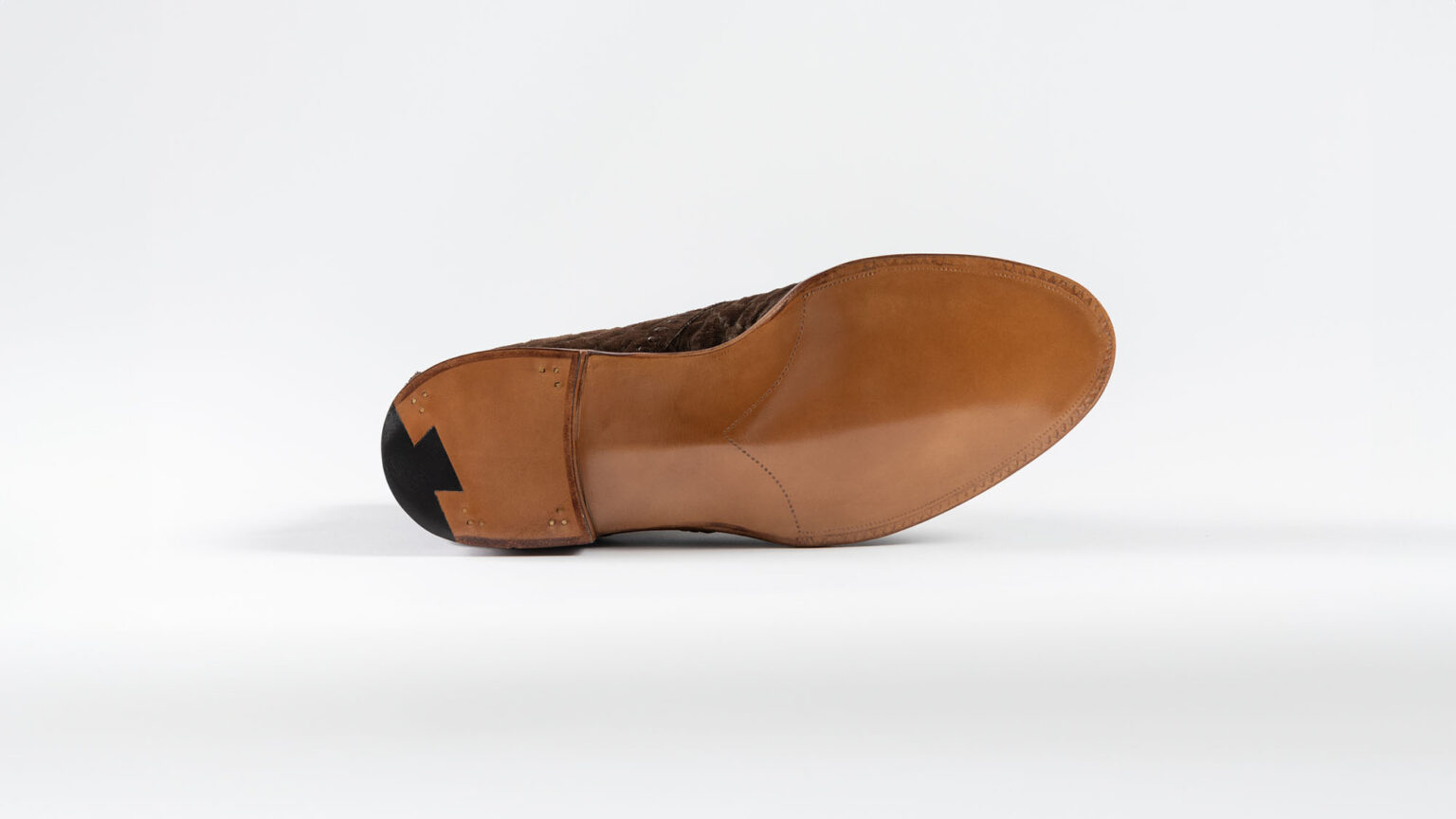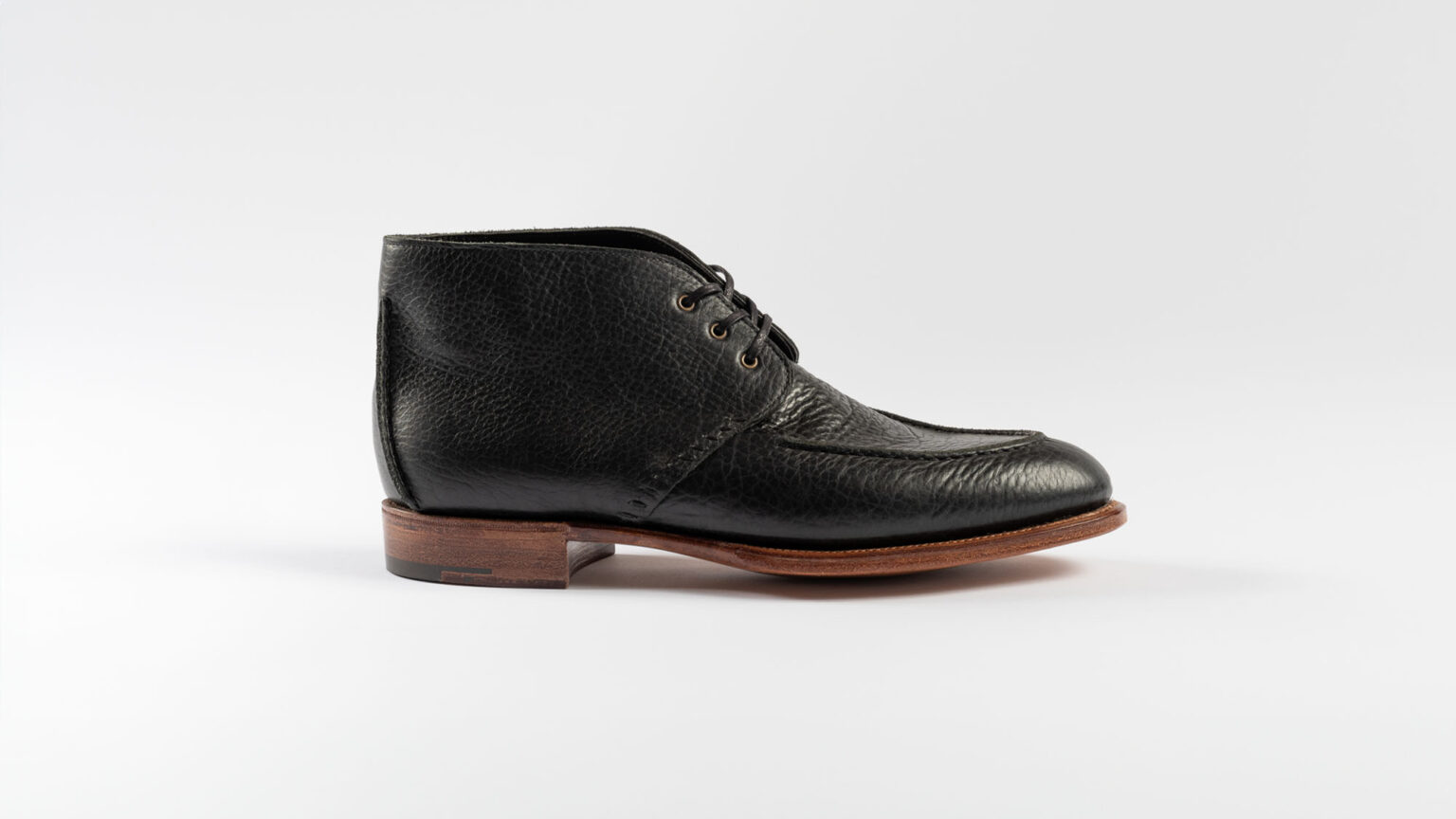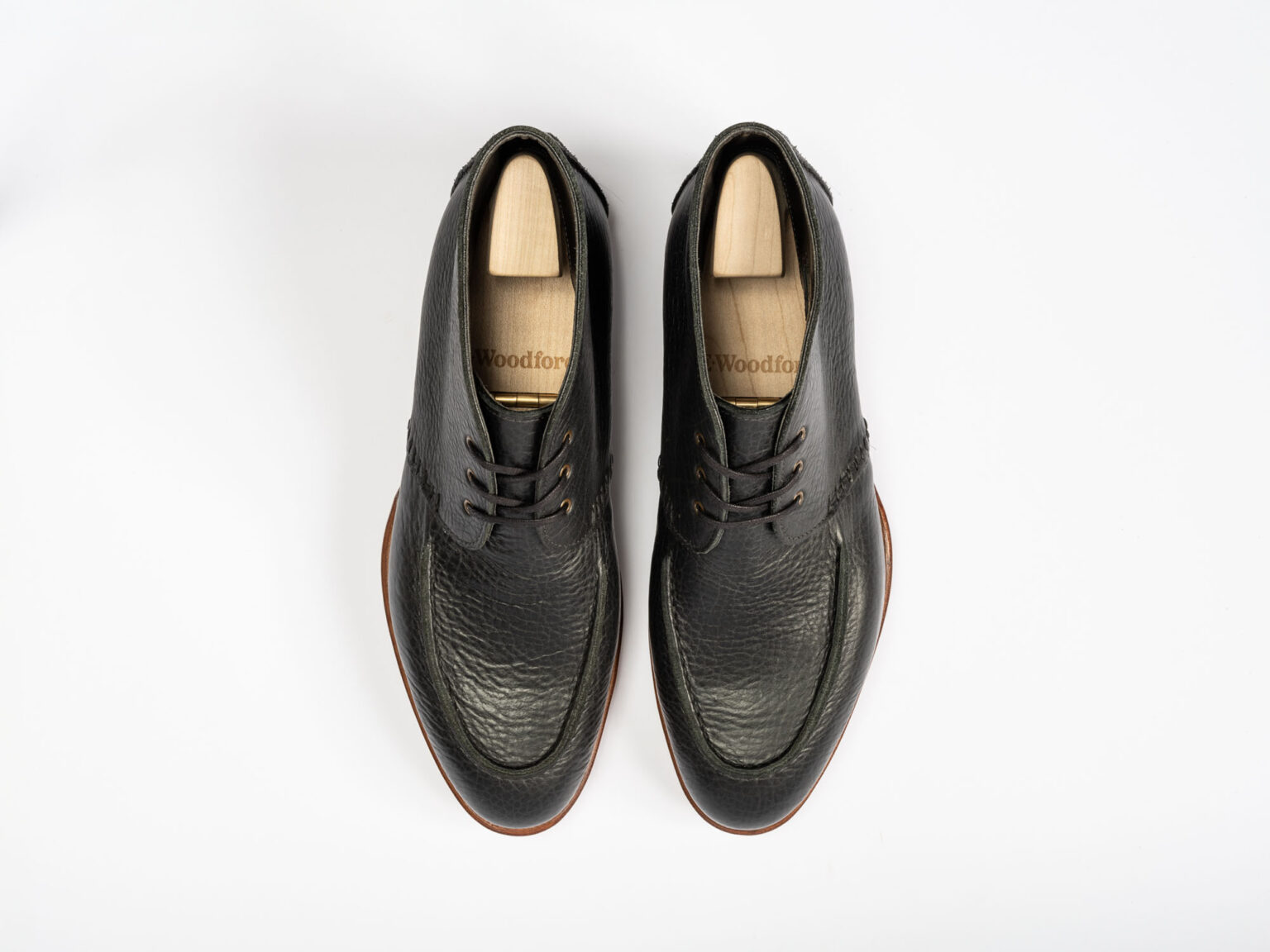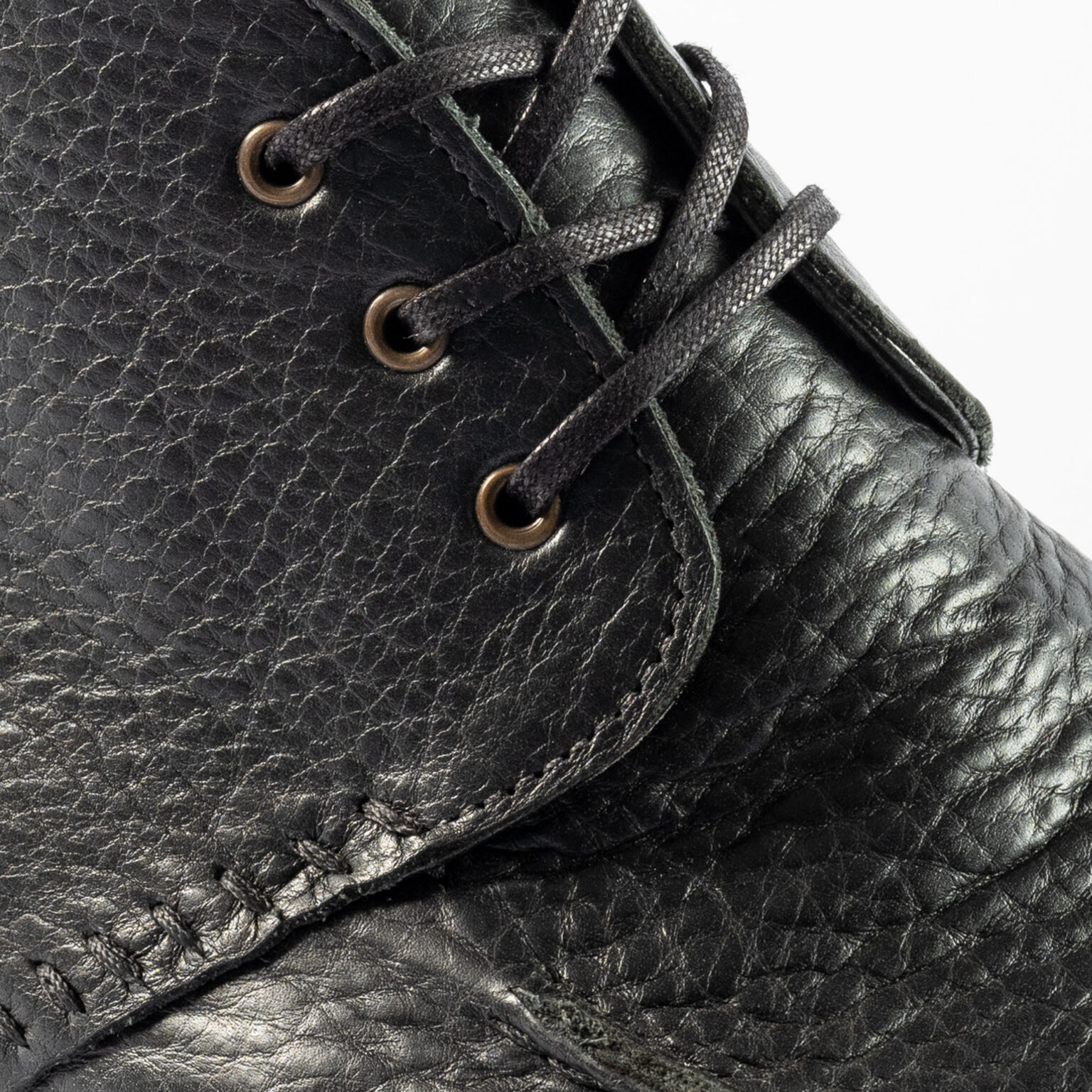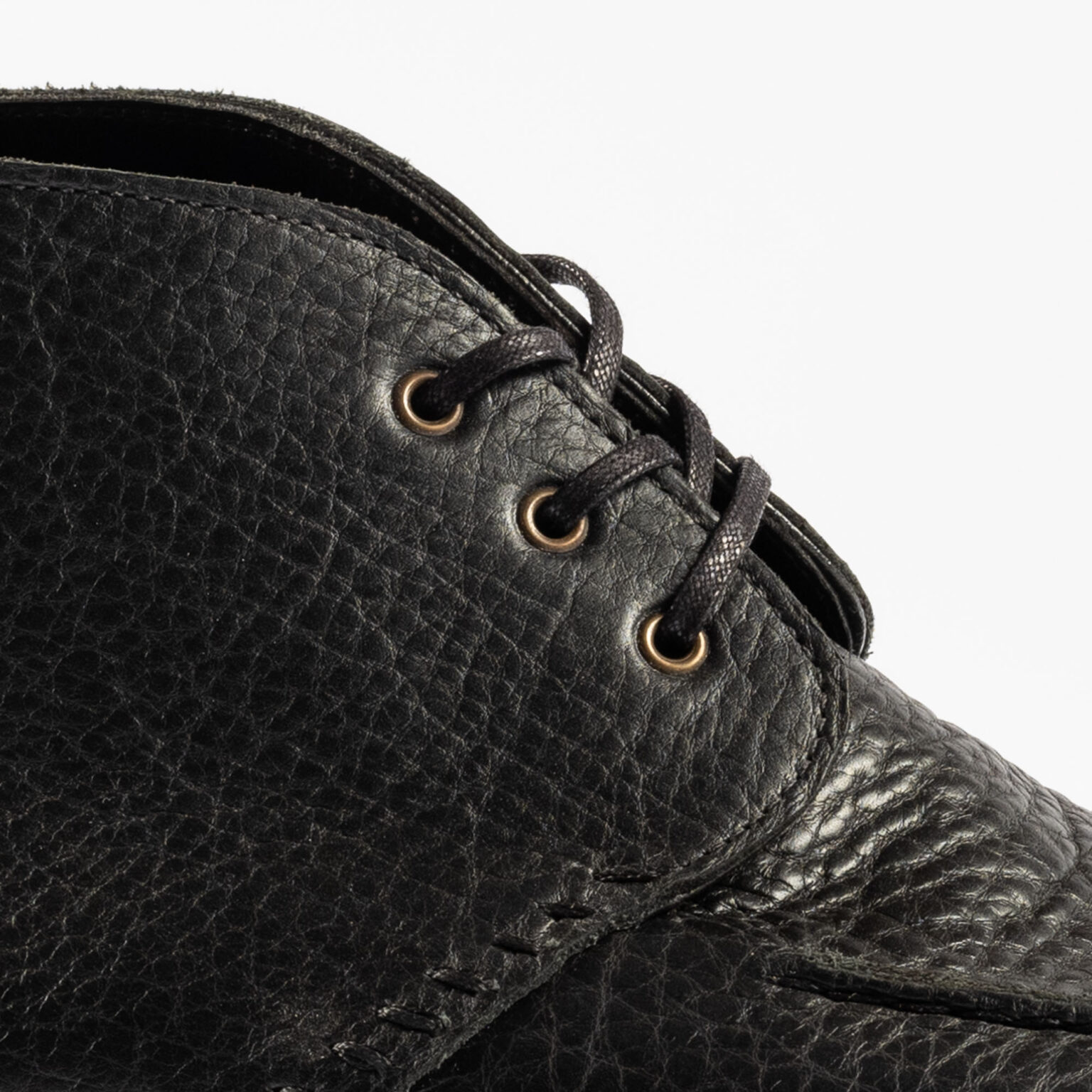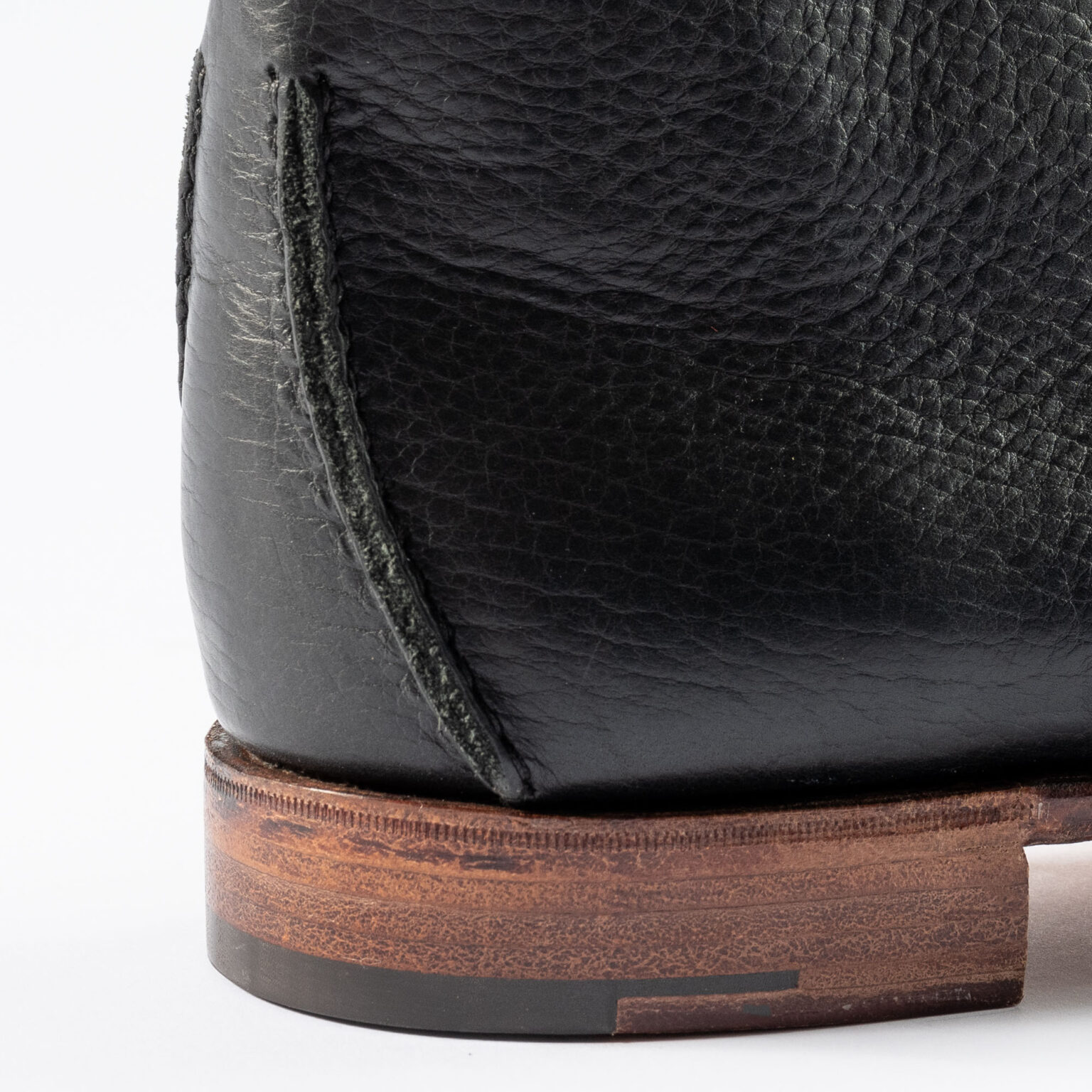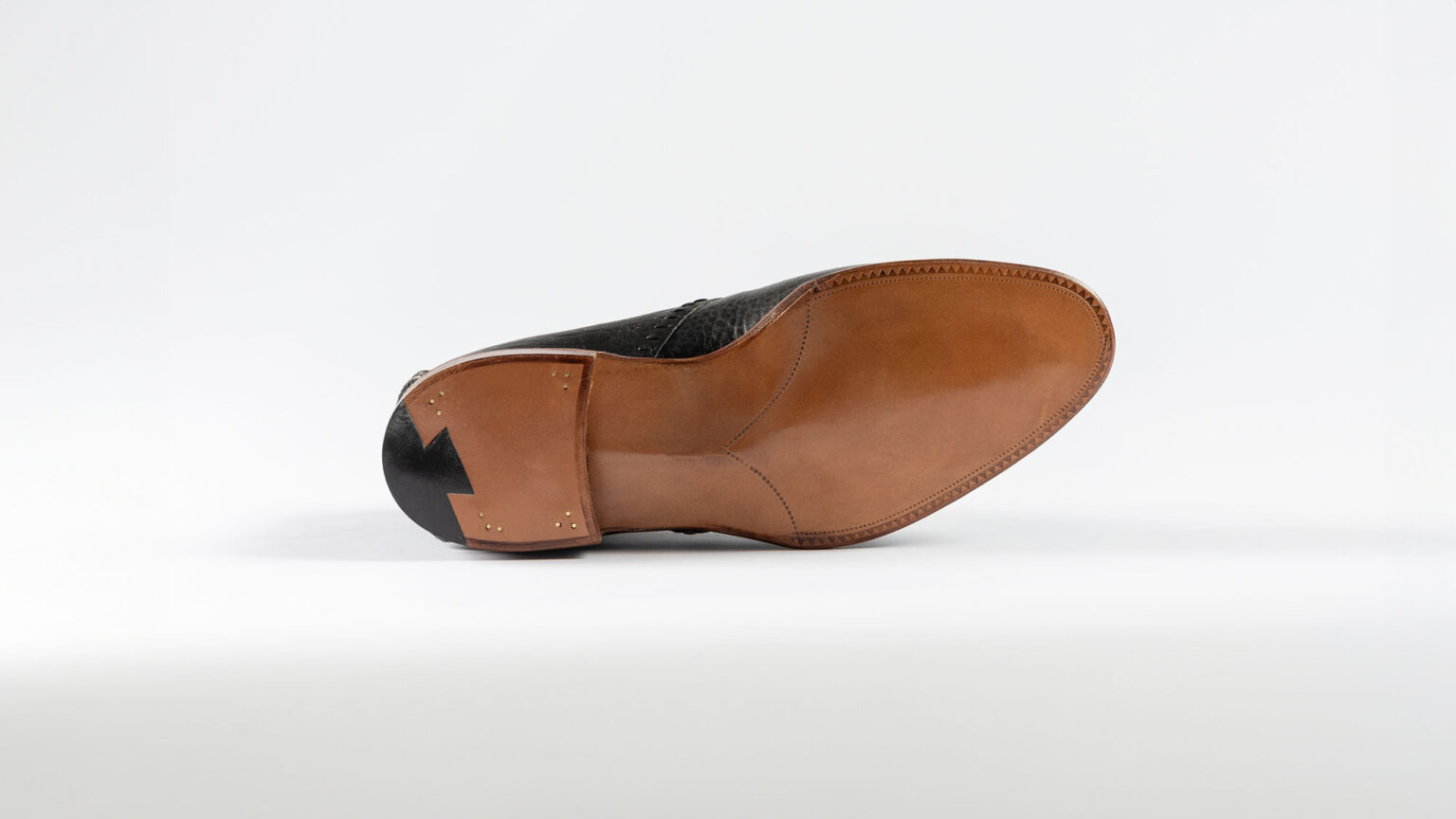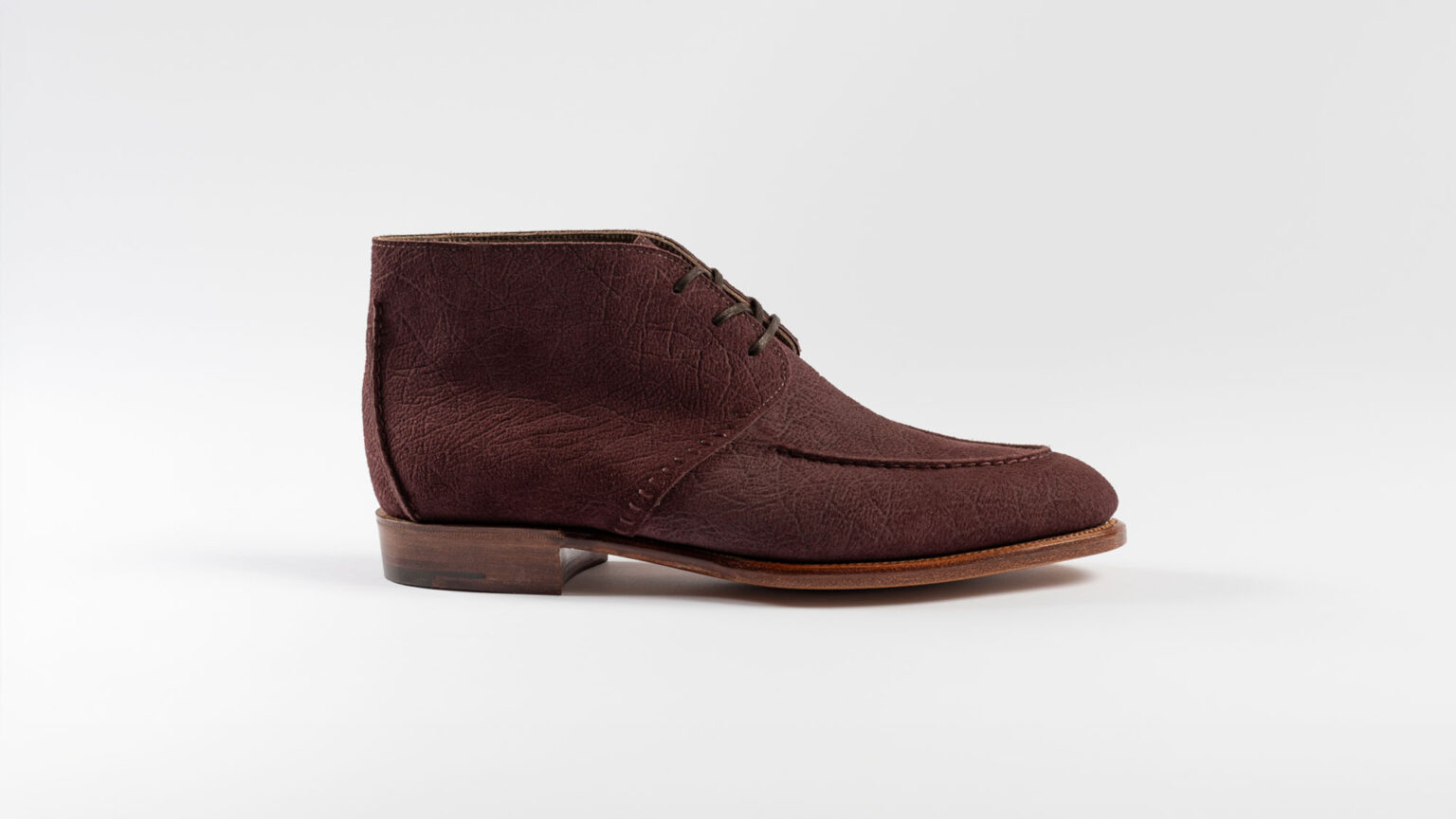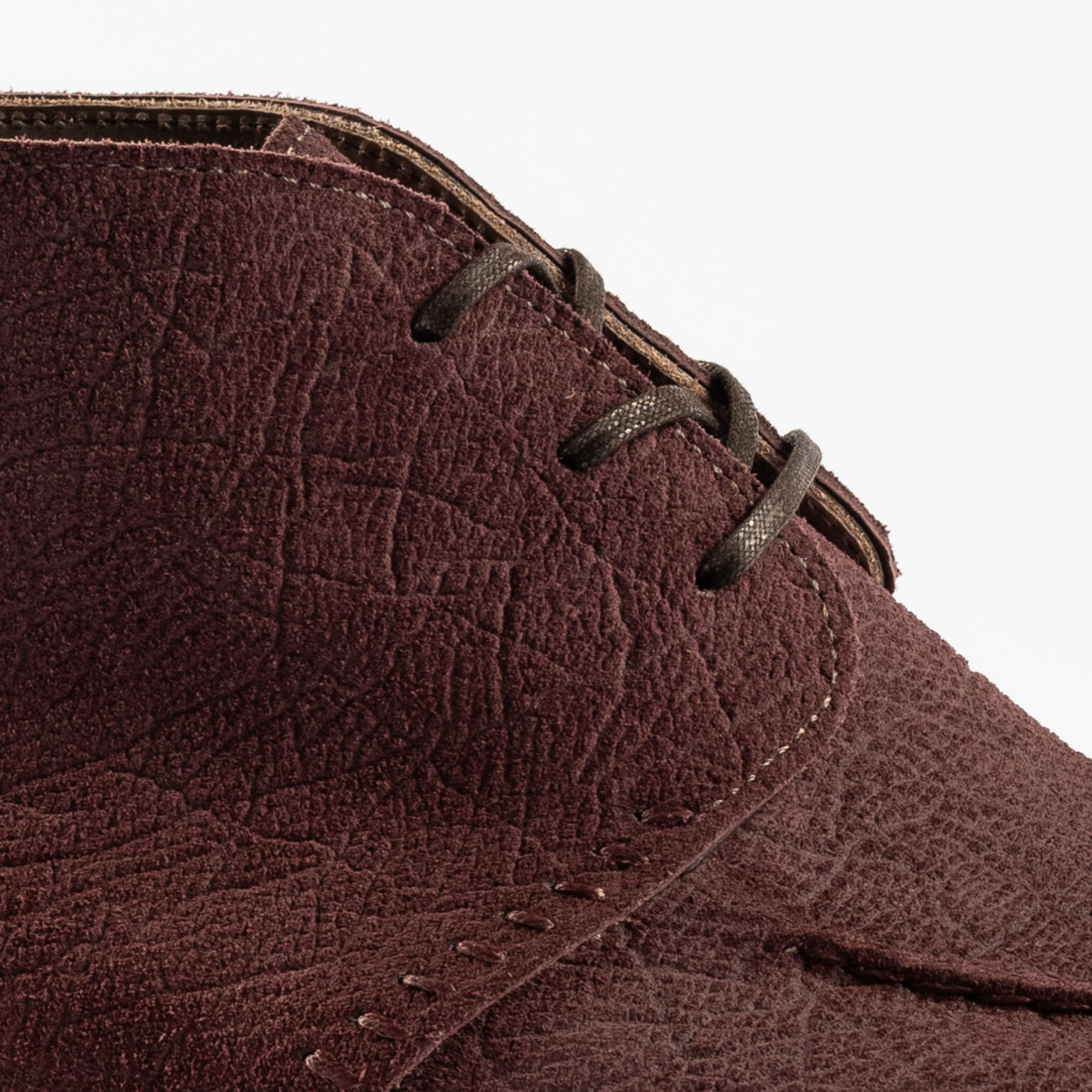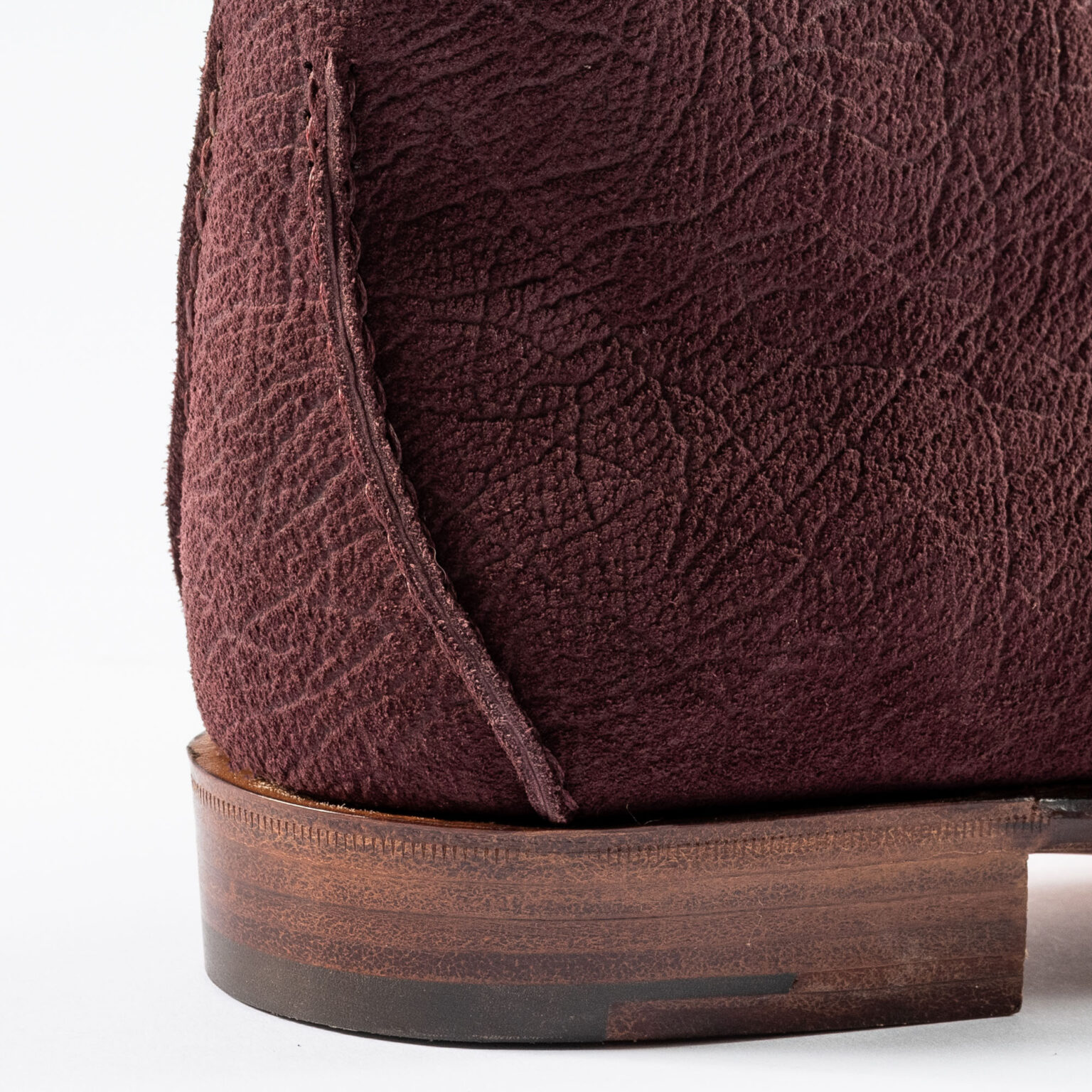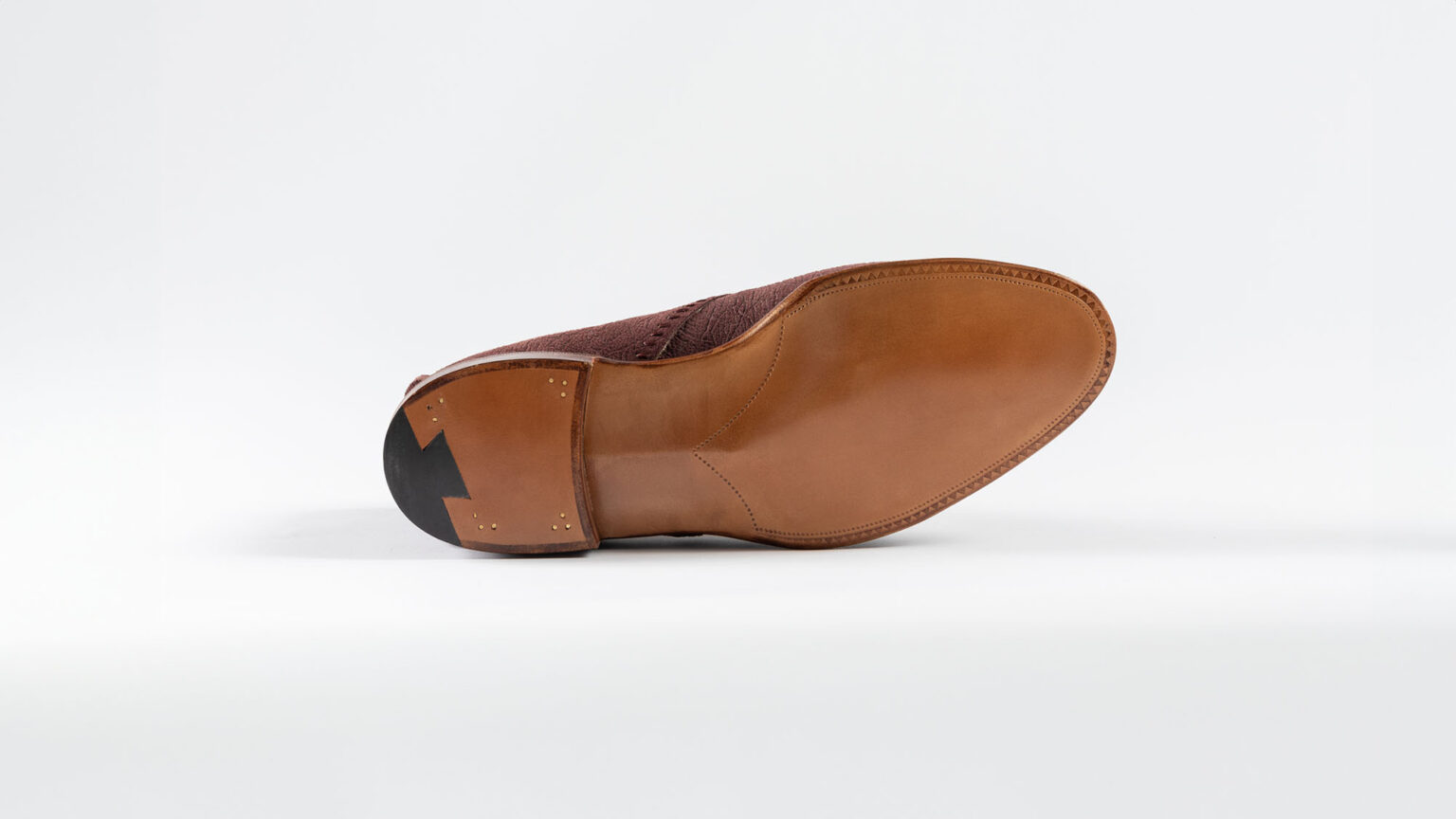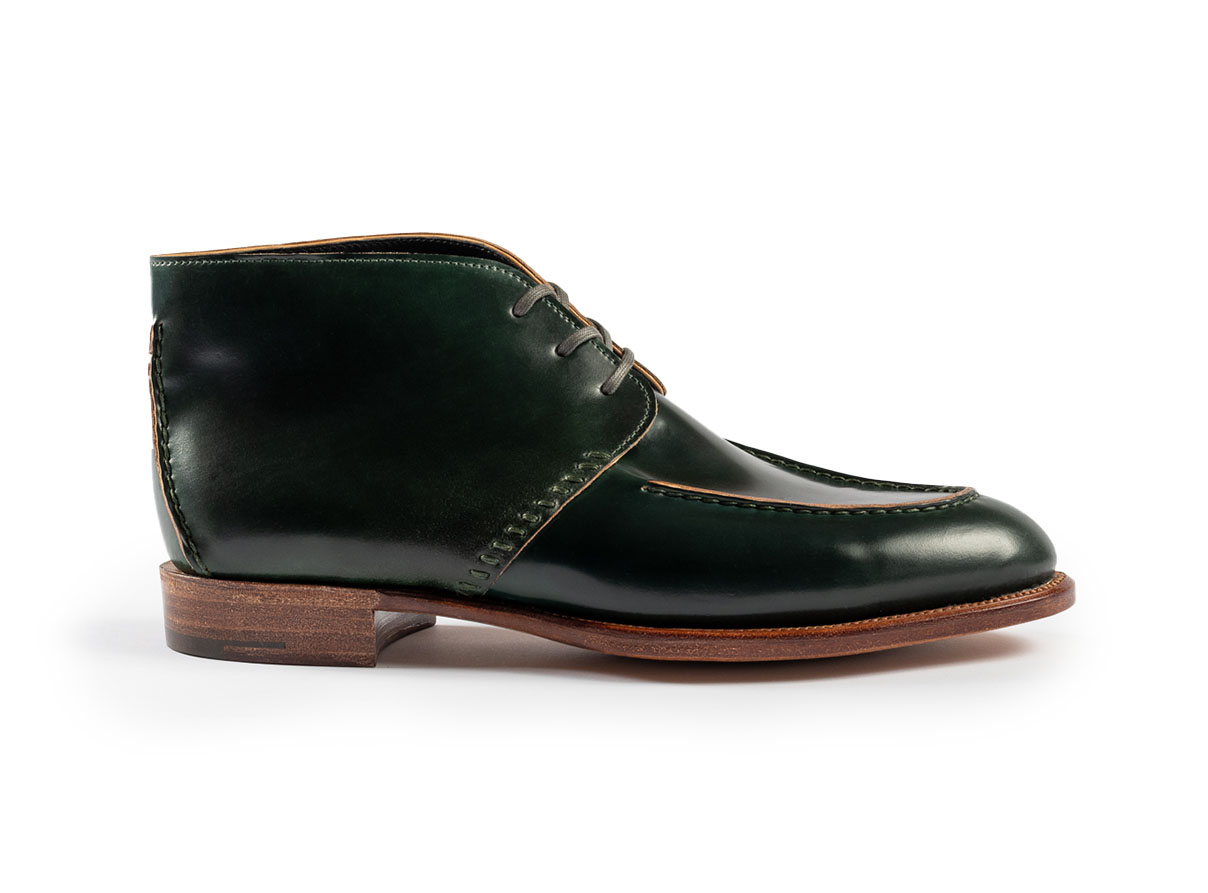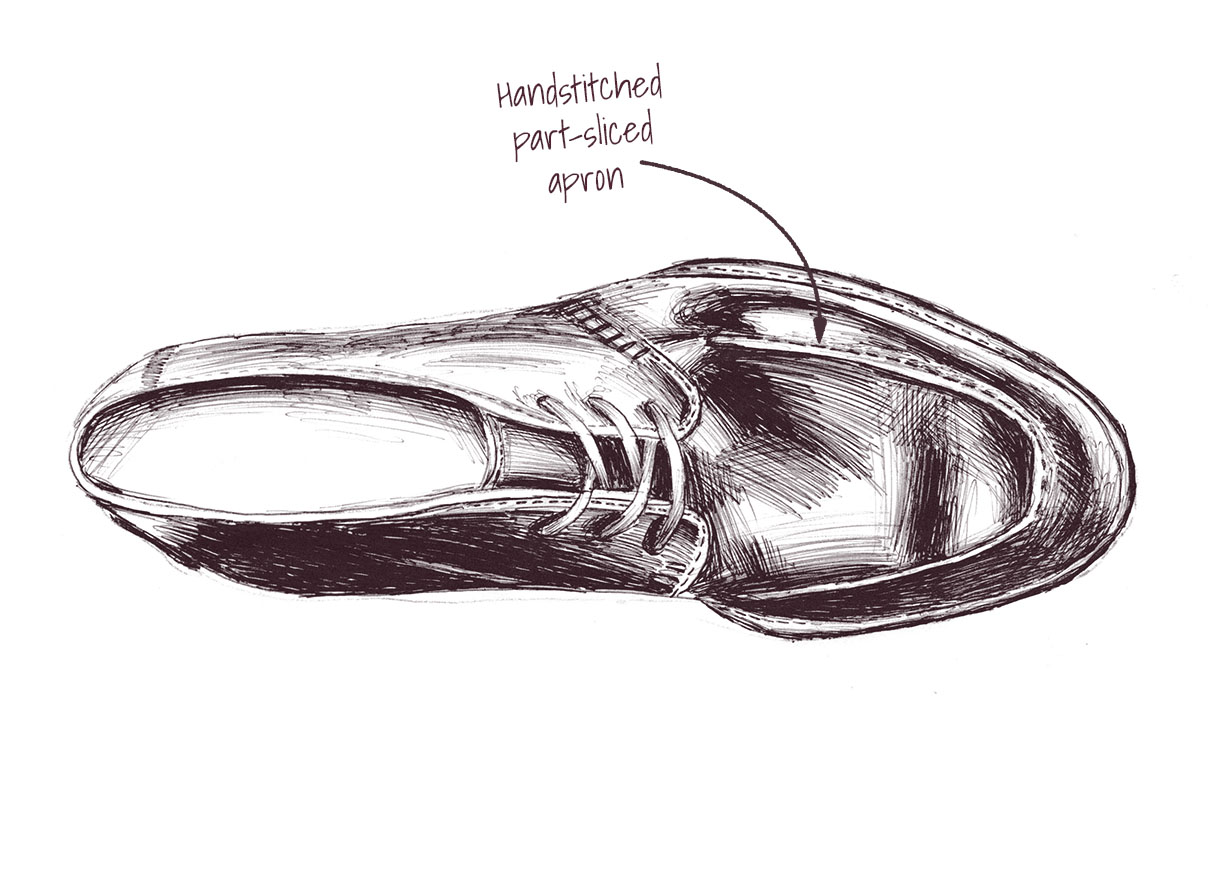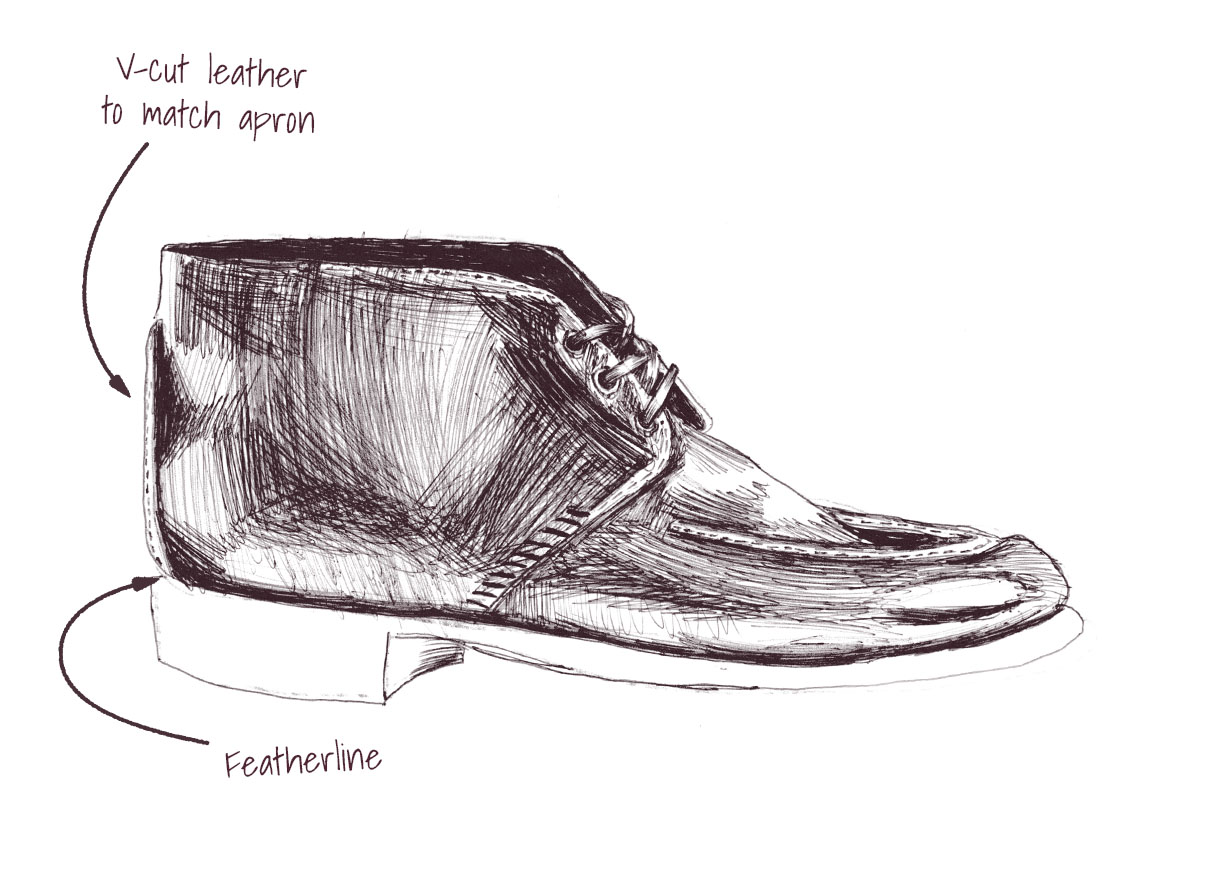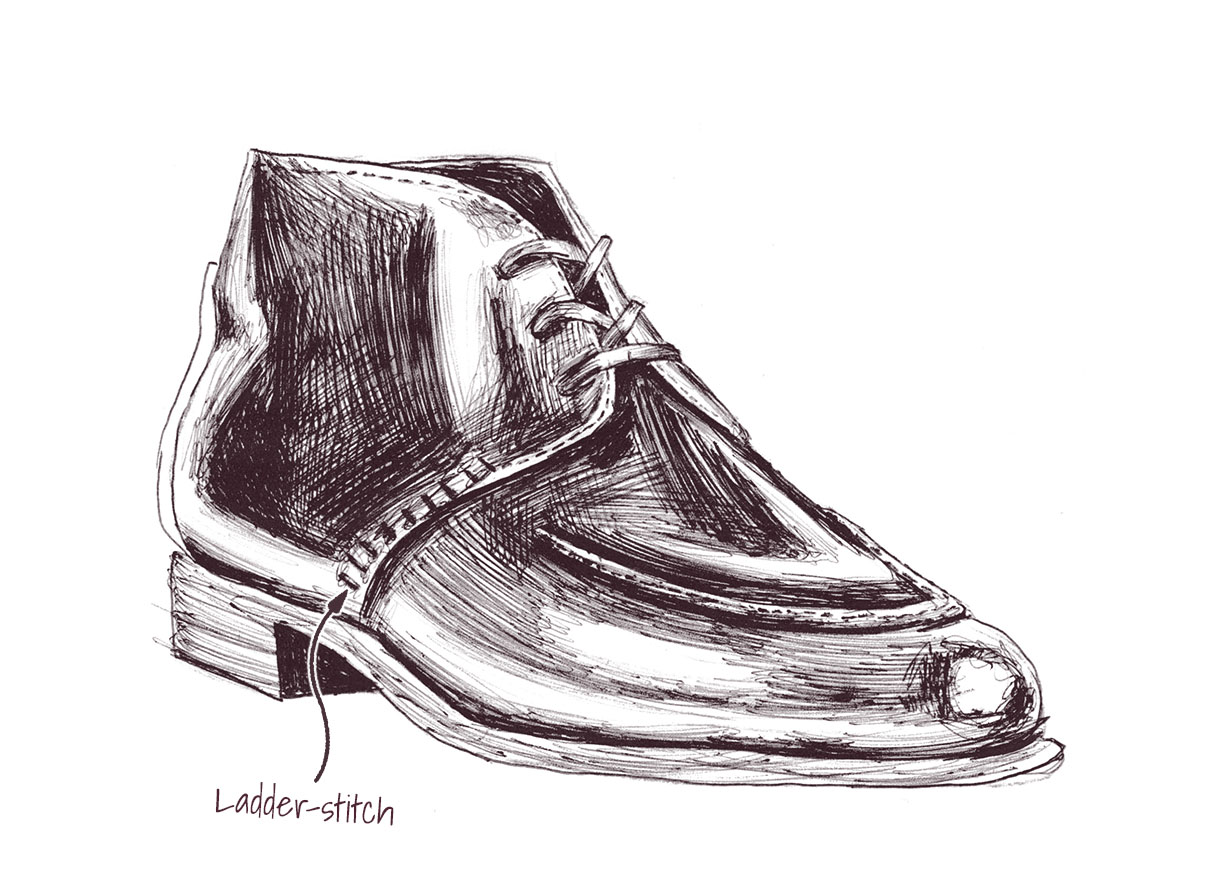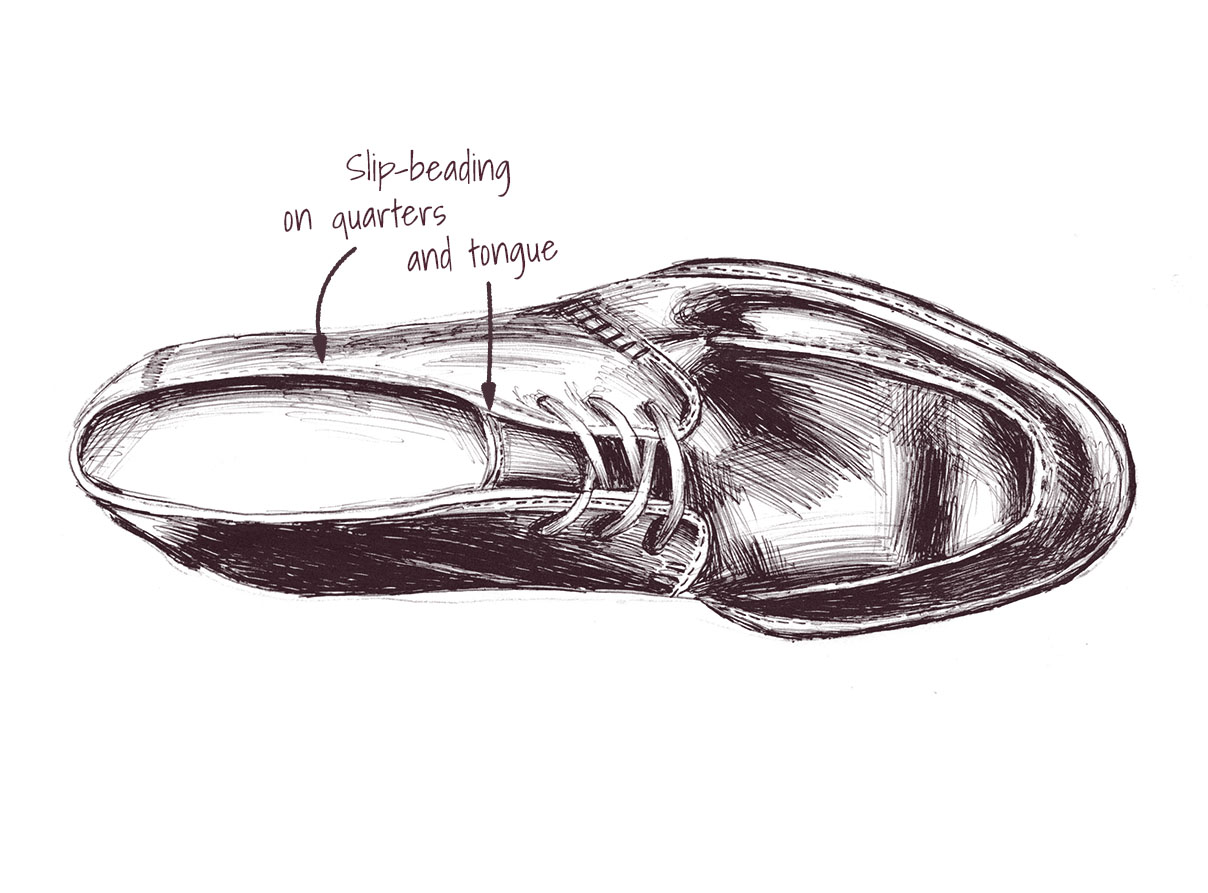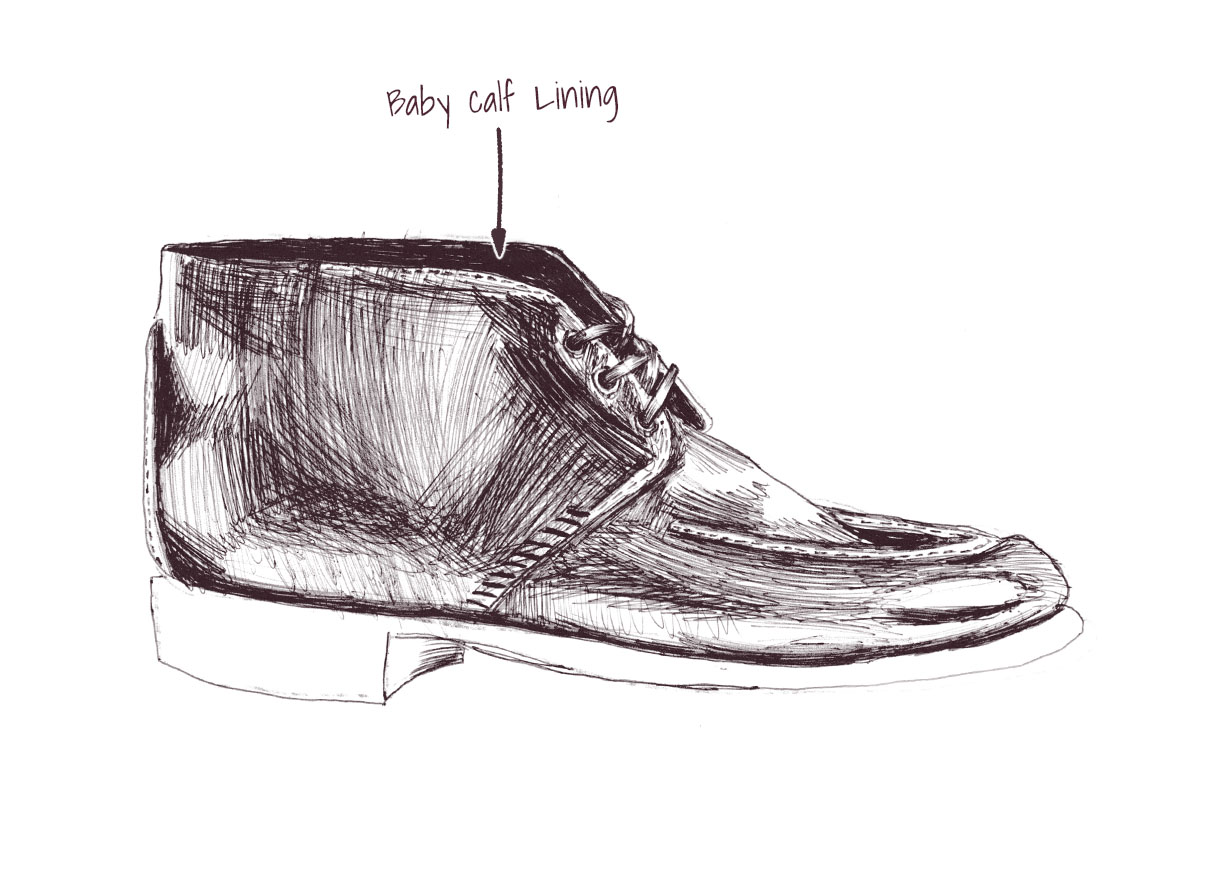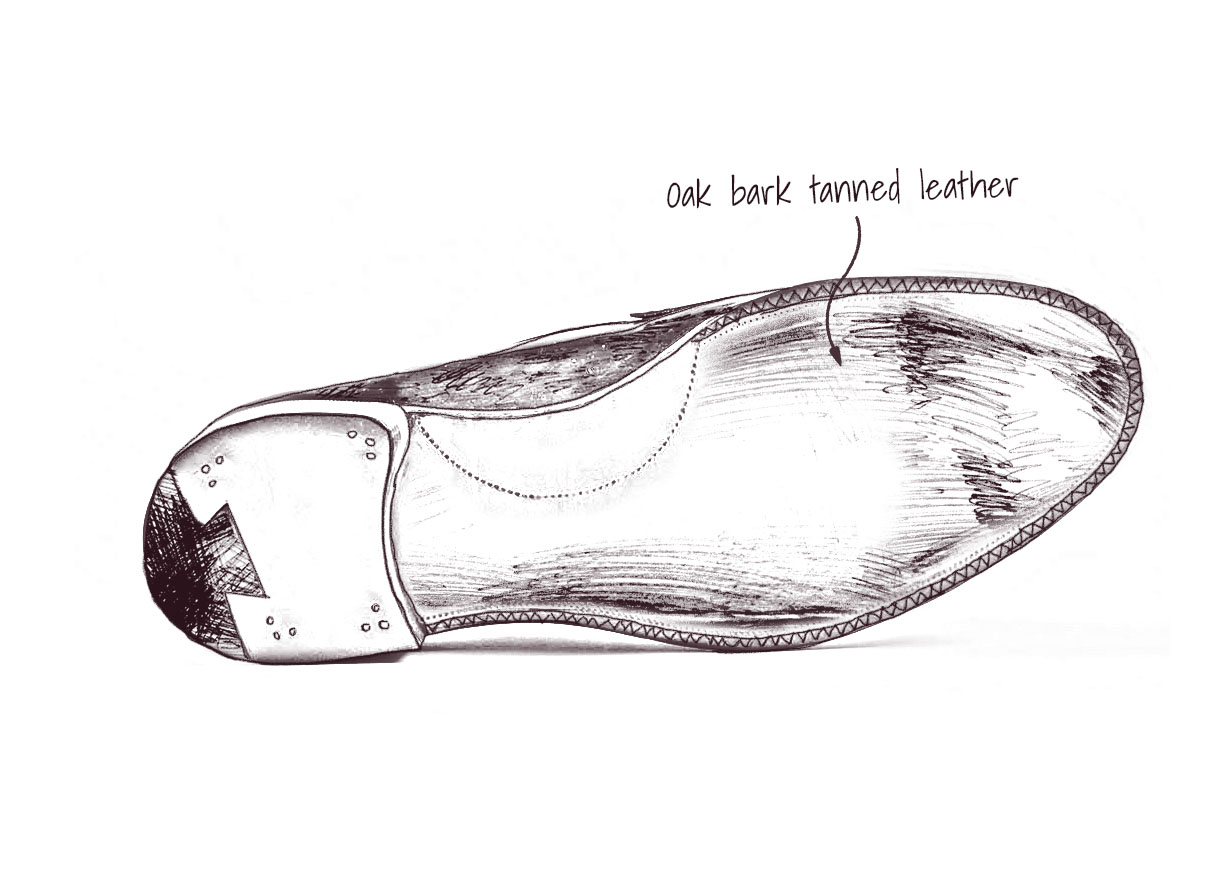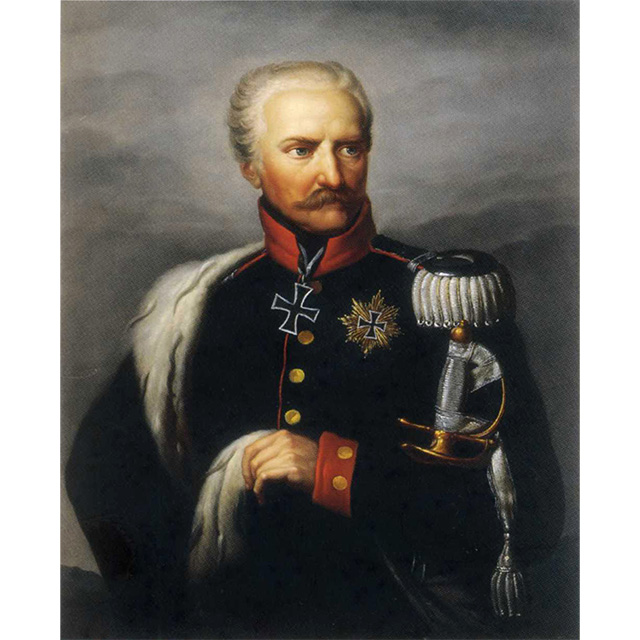The Blücher ankle boot takes its name from Gebhardt Leberecht von Blücher, a Prussian army general in the campaign that defeated Napoleon at Waterloo.
Throughout the 18th and the early 19th century, knee-high boots, buttoned at the side, were standard dress across Europe and the UK.
Unimpressed with the quality of his soldiers’ footwear in the early 1800s, von Blücher commissioned a shorter, front-laced boot for his men. He wanted something more comfortable and convenient that could be put on and taken off more easily during the gruelling undertakings of war.
The practicality and style of this ‘high-low’ soon made it popular with armies across Europe, with civilian fashion following suit. At first, it was a common choice for labourers; then it was adopted as a sports or casual shoe.
Some Britons saw it as a copy of the taller, mid-height, Wellington boot, named after the Duke of Wellington – who fought alongside von Blücher at Waterloo. One English magazine even referred to it as a ‘shocking imposter’ of the Wellington, but by 1817 the style was widely accepted and referred to as a Blücher.
Its popularity endured and as the mid-century approached it was deemed admissible to wear with tailored clothing.The basic front-laced style remains popular today, forming the basis of many newer looks, including high-top sneakers, hiking boots, and combat boots.
